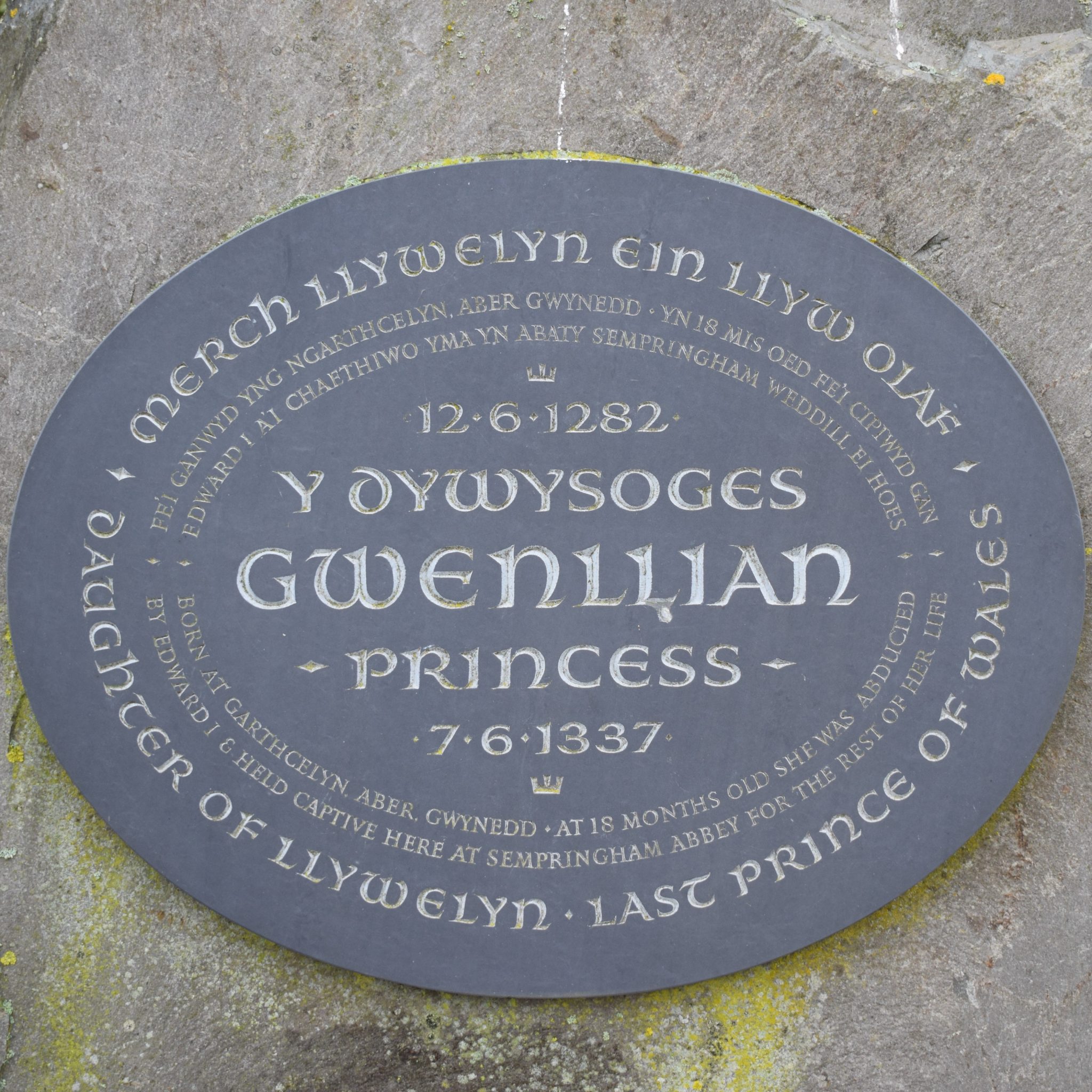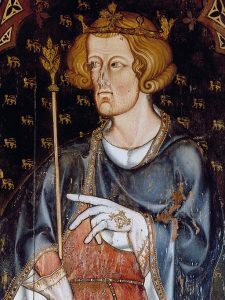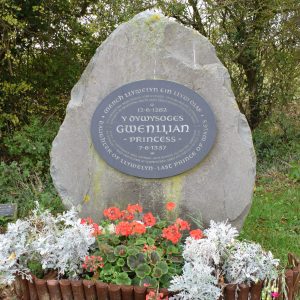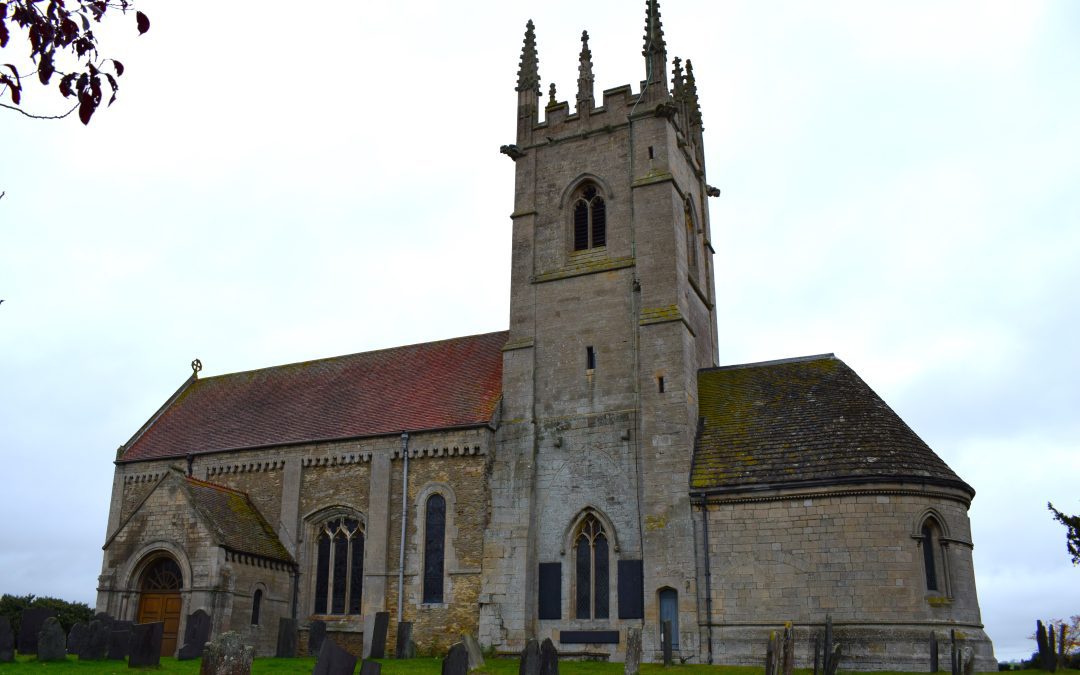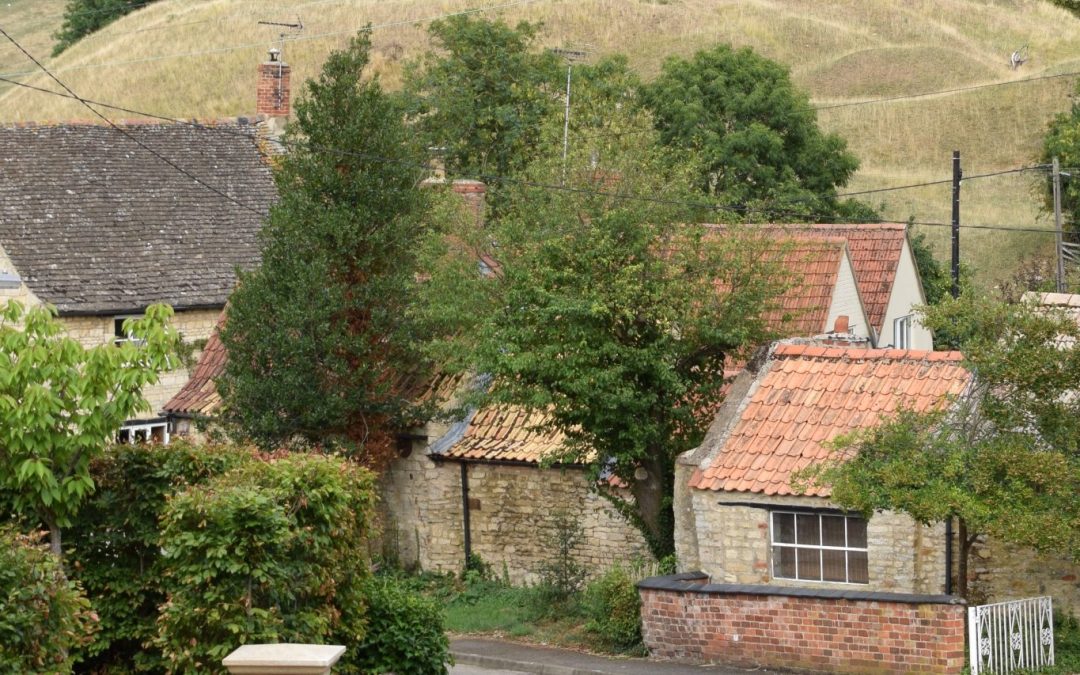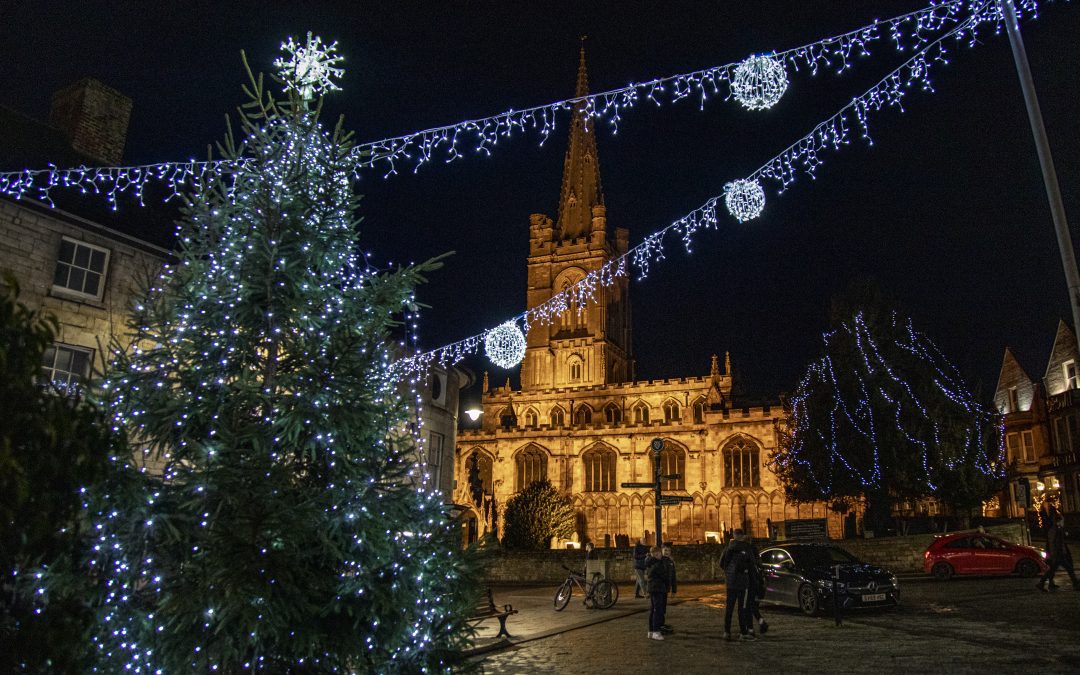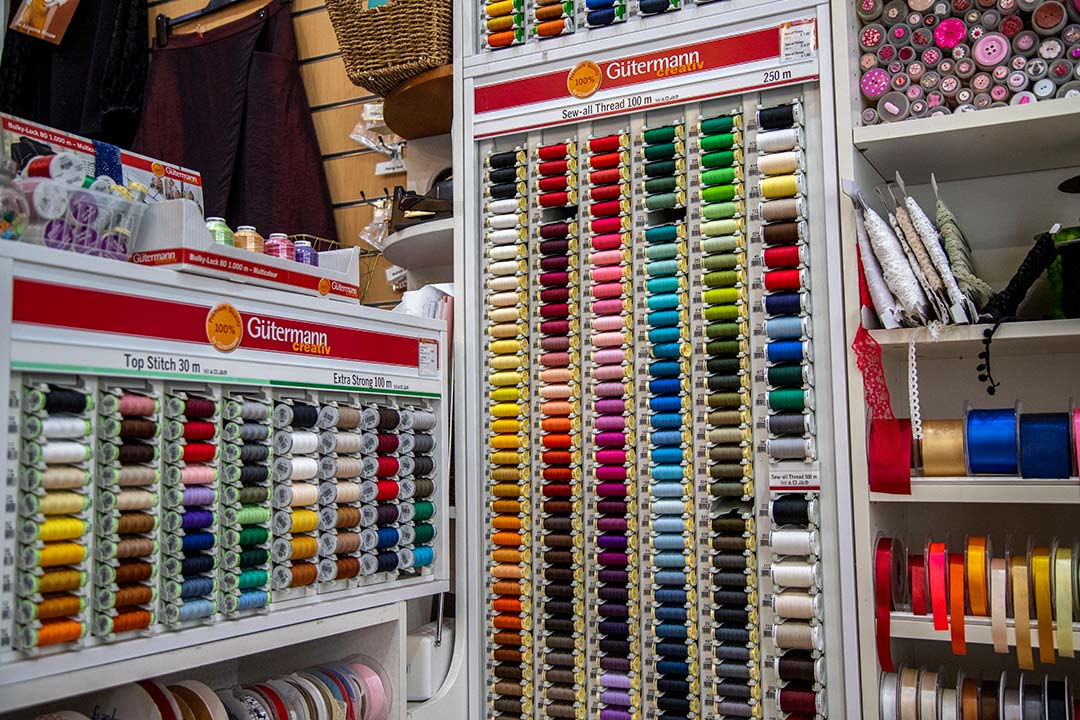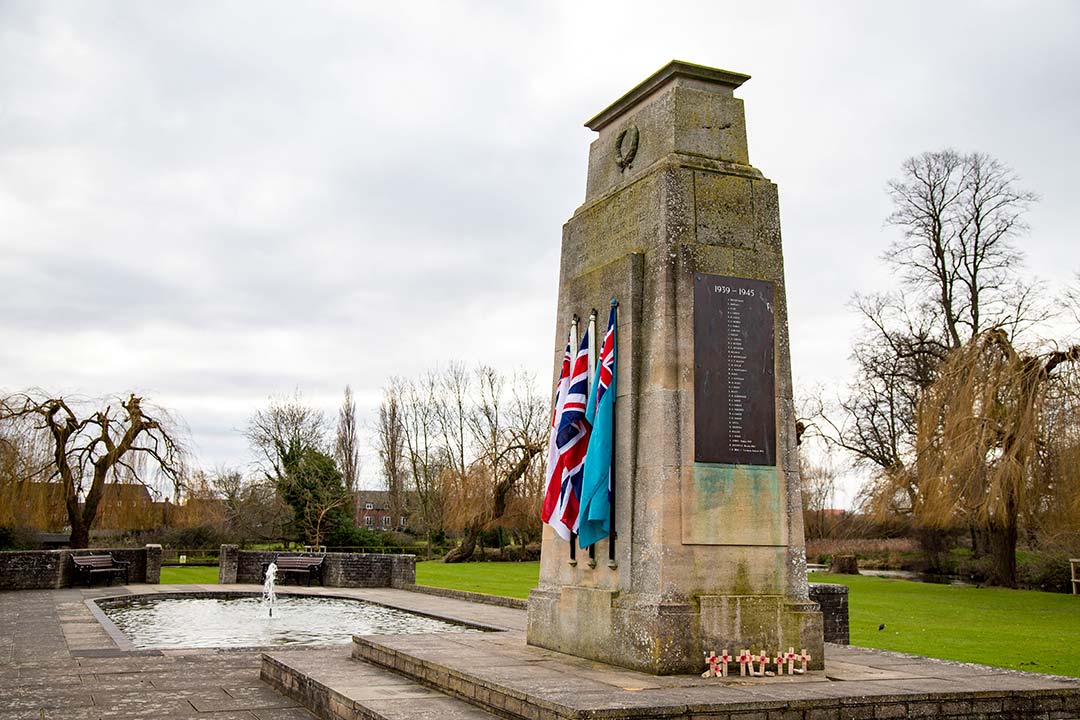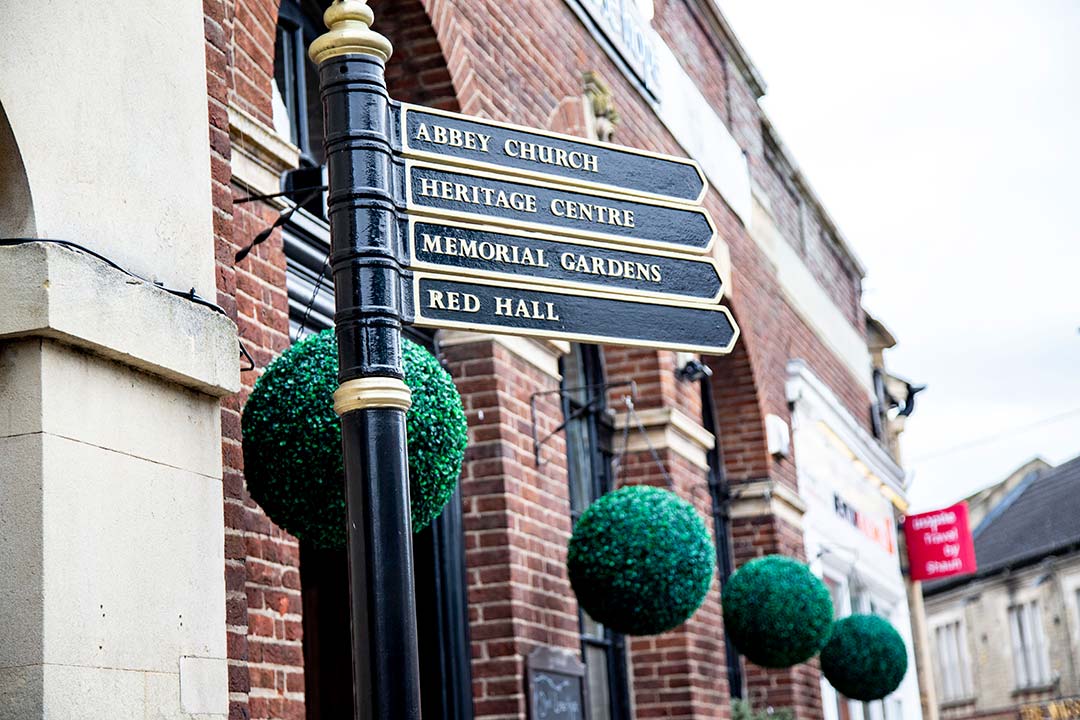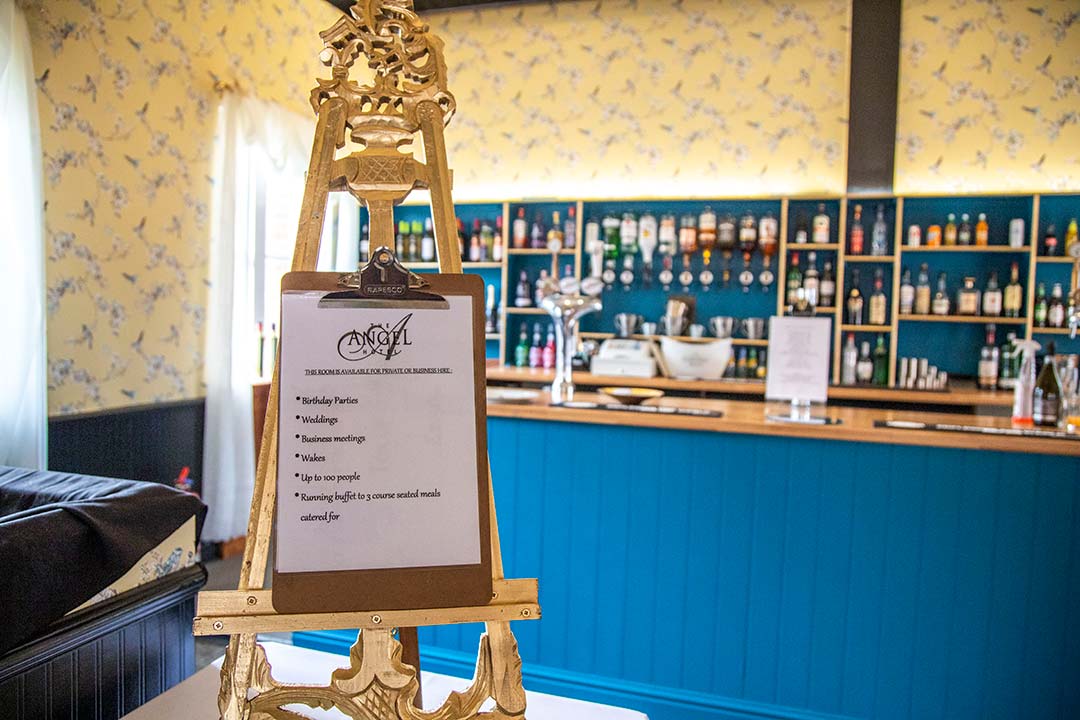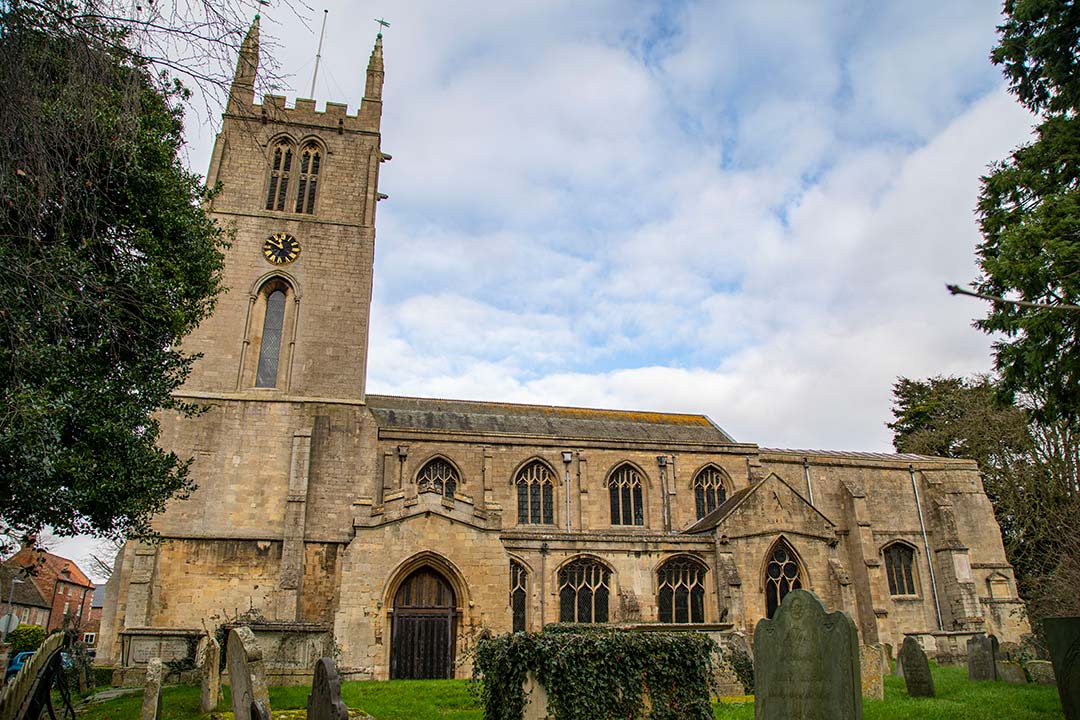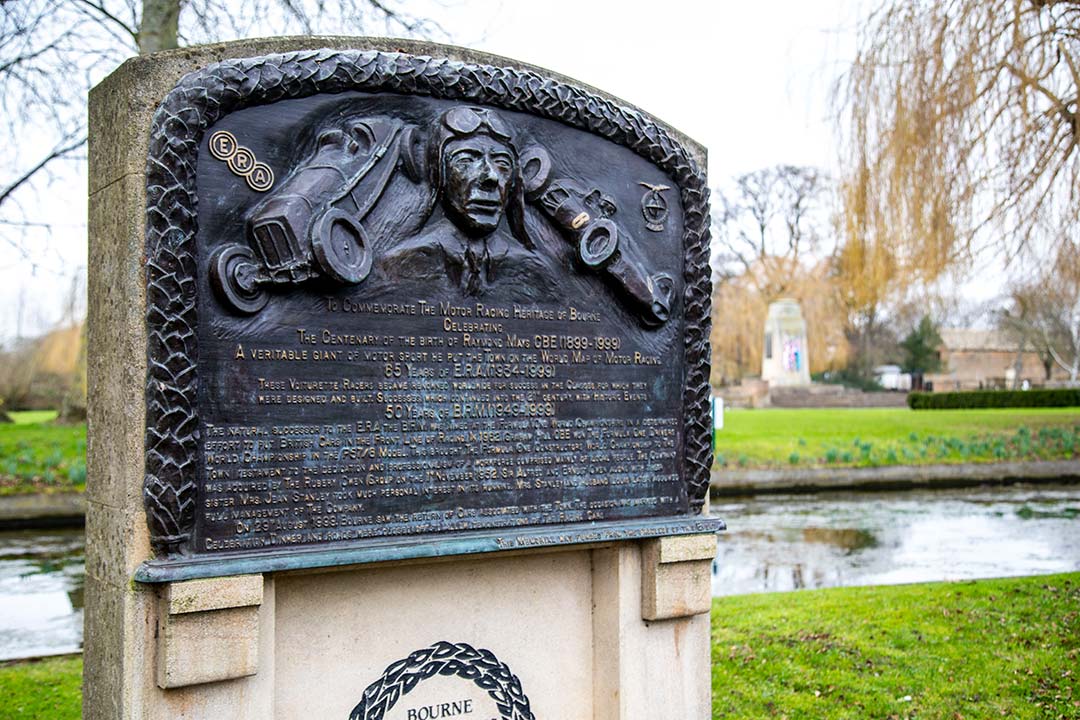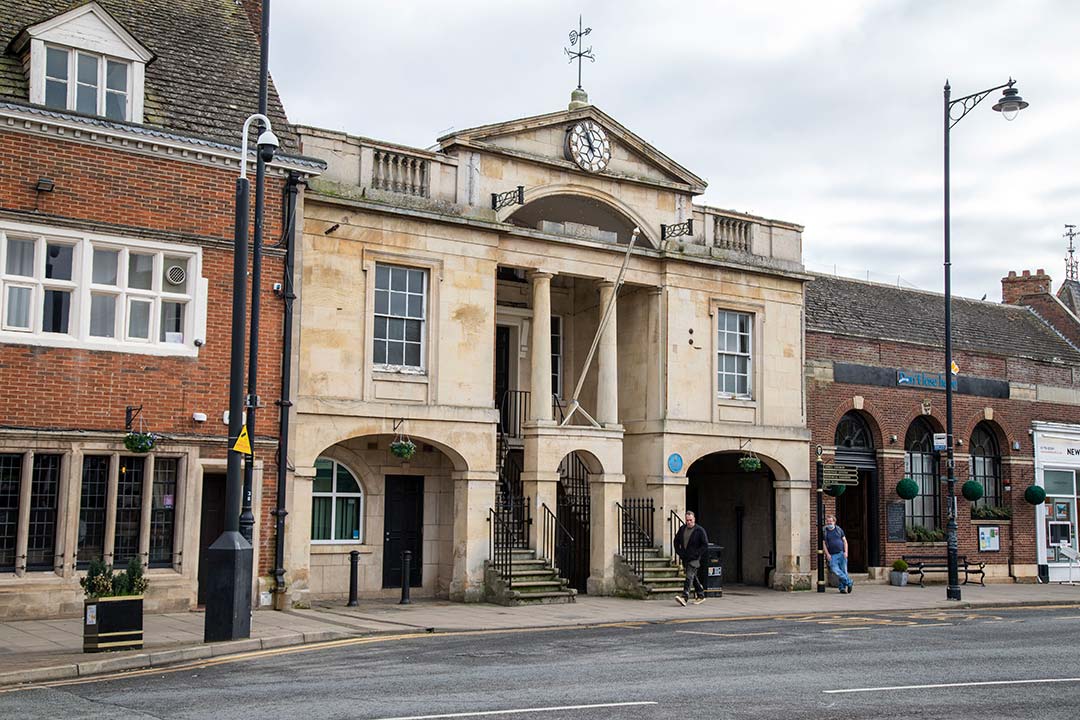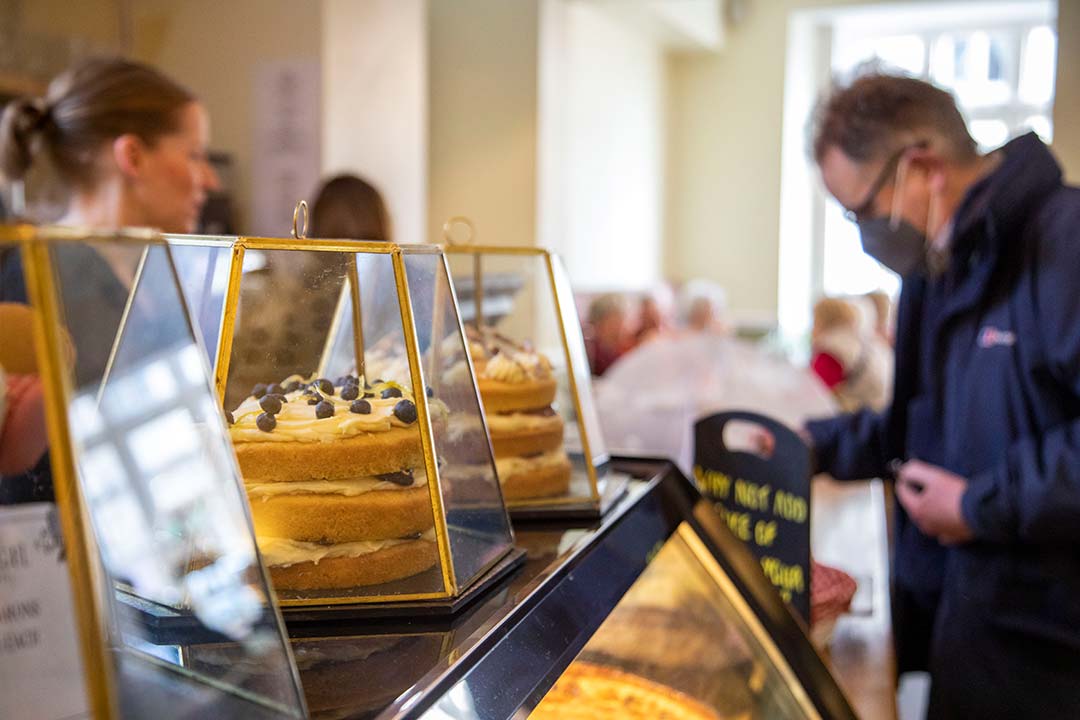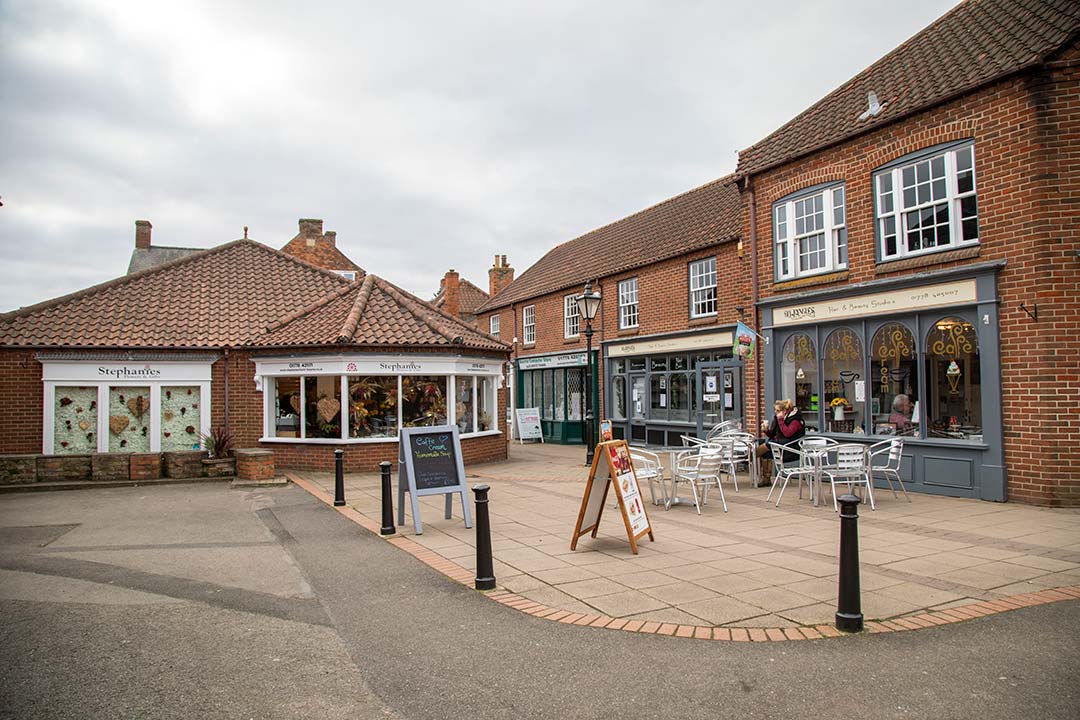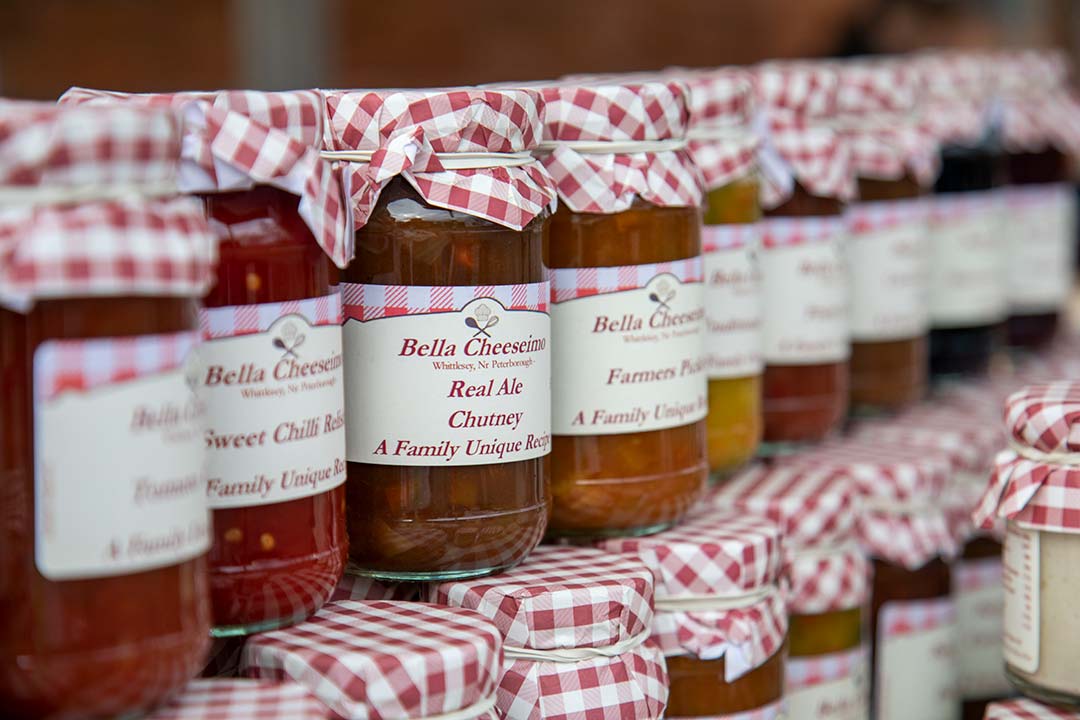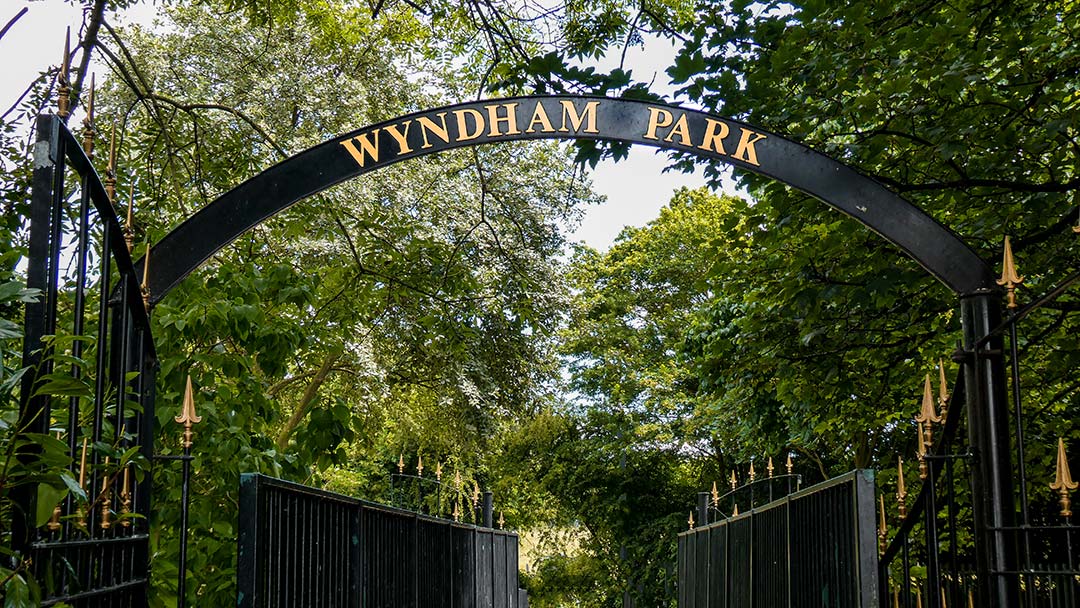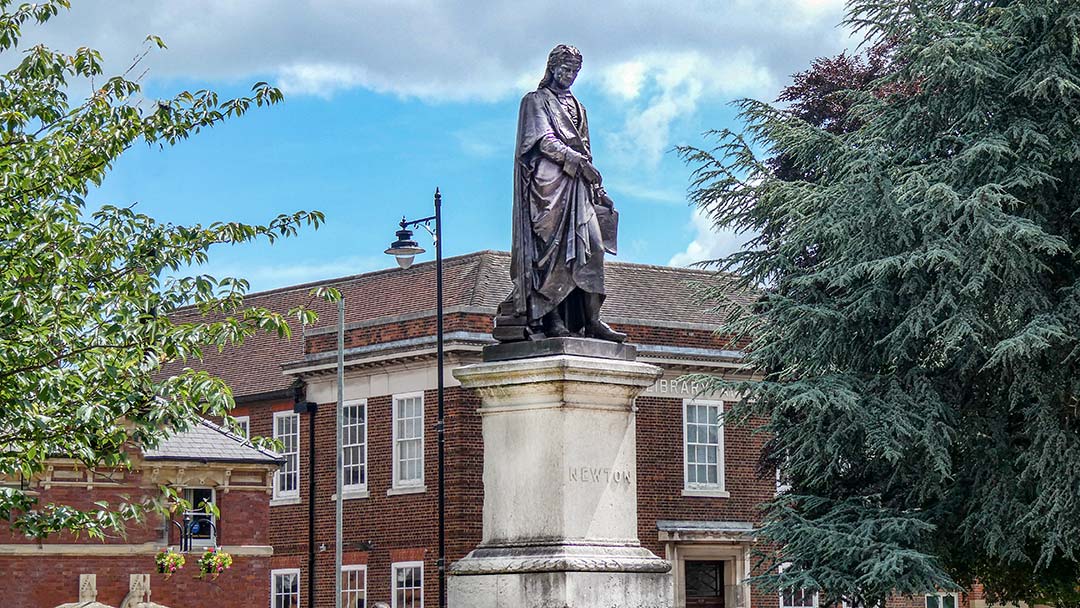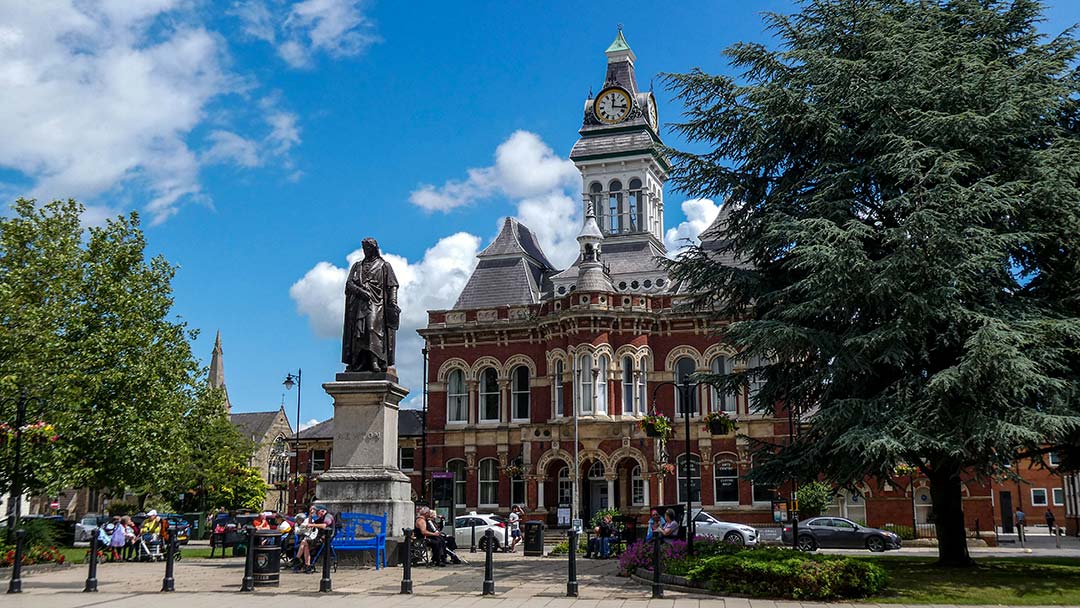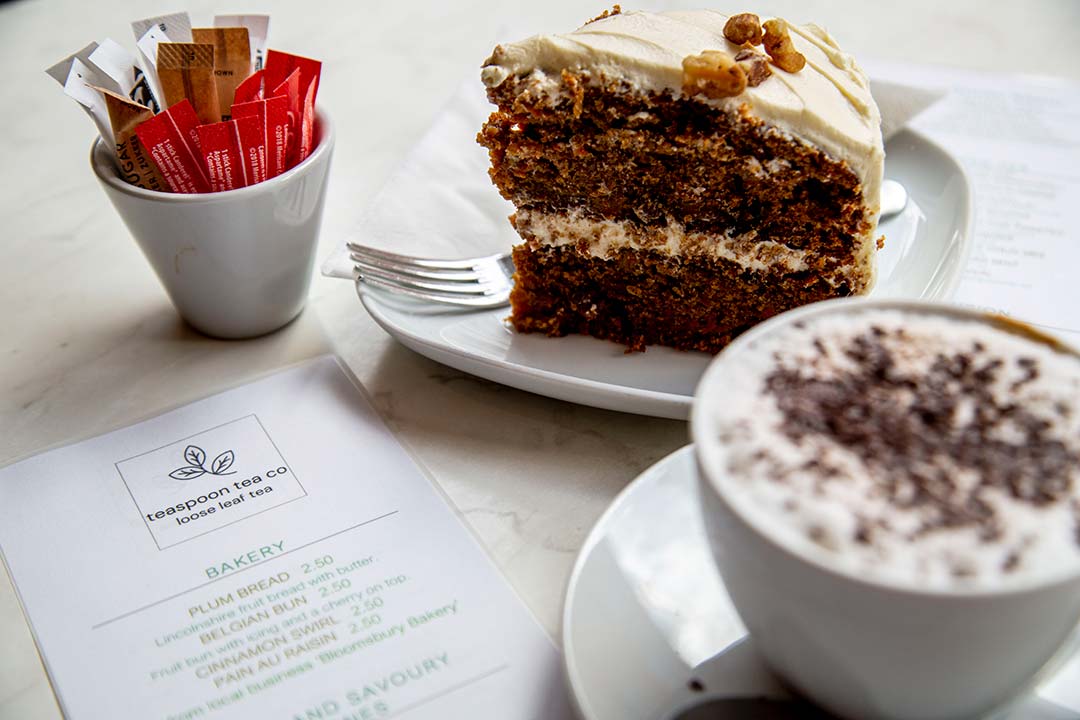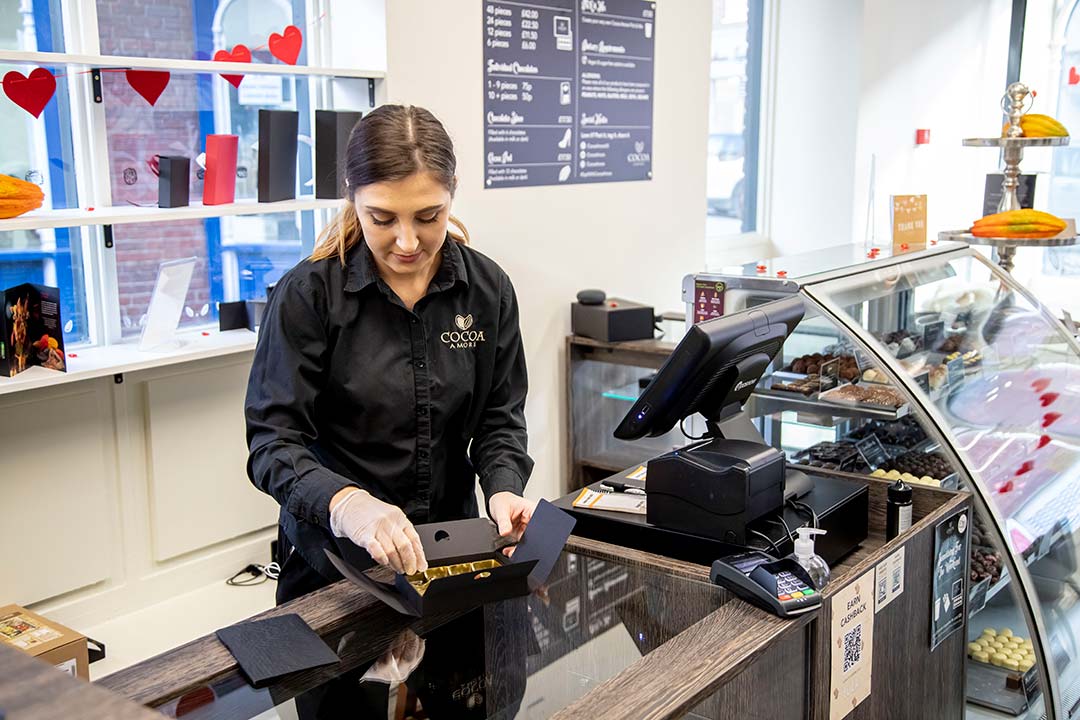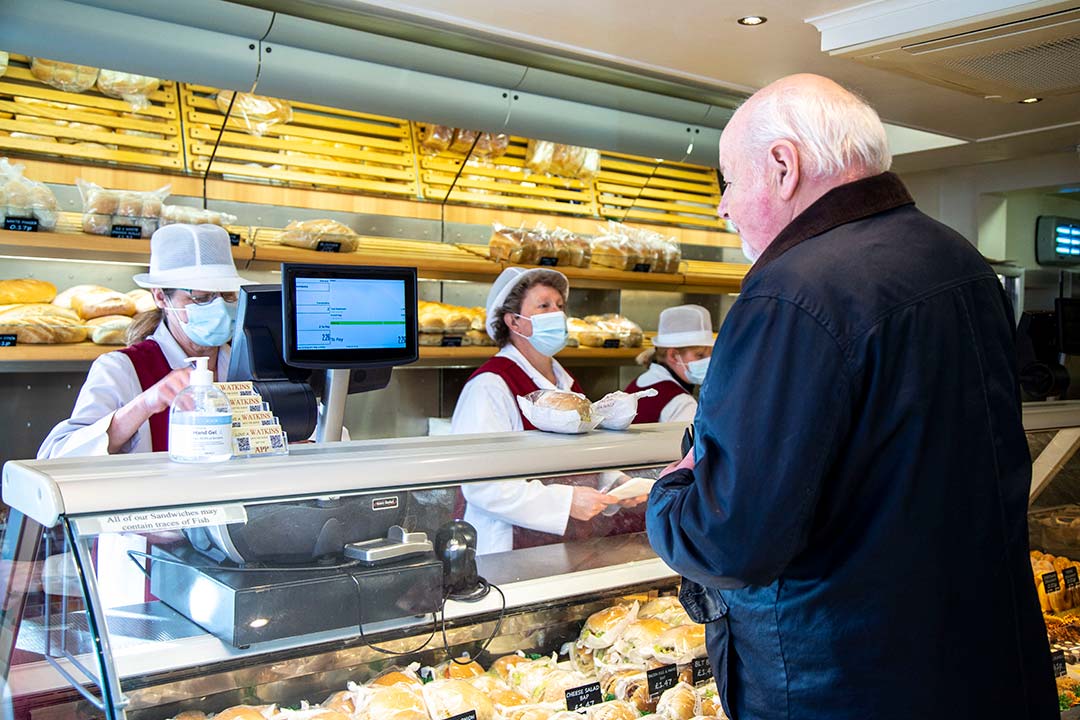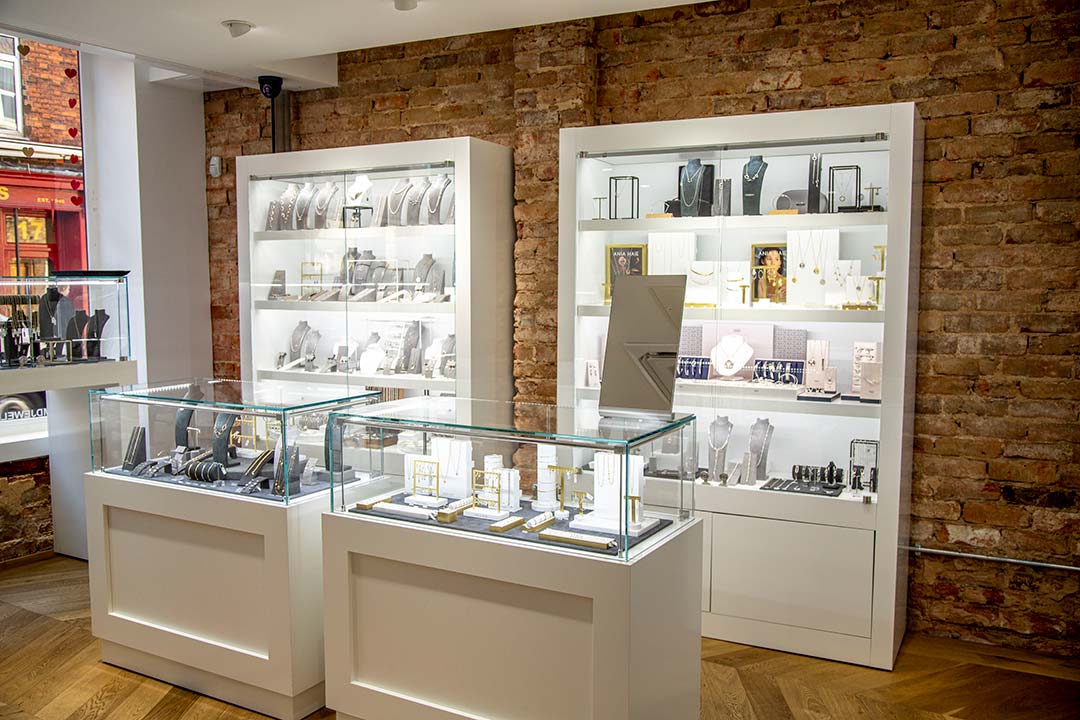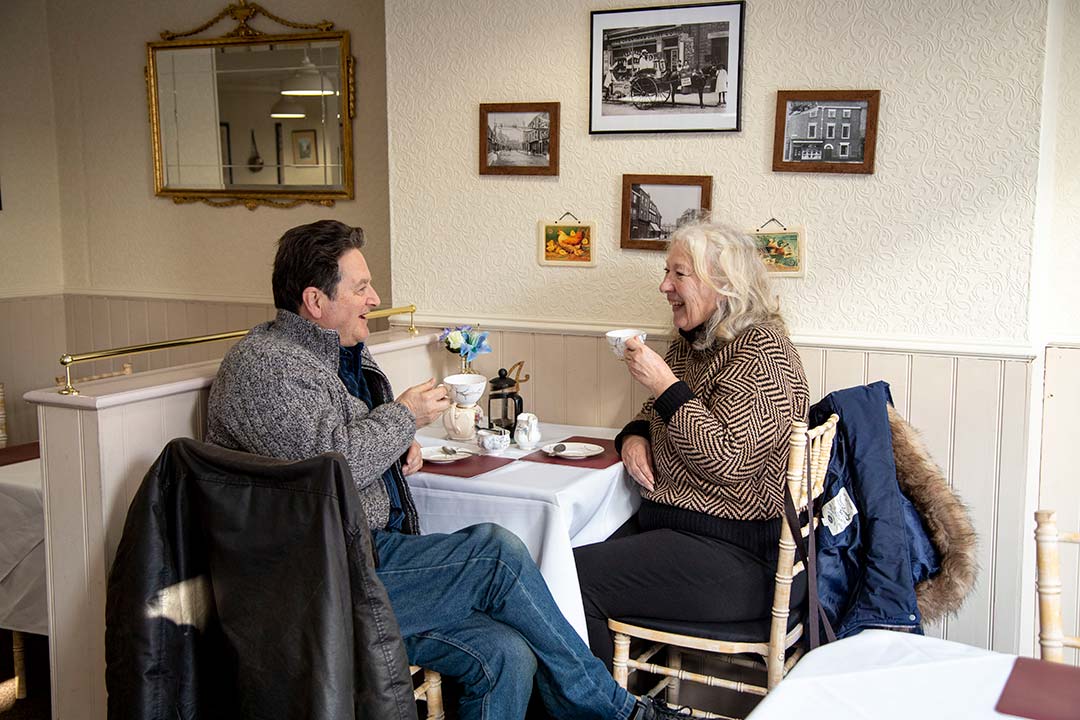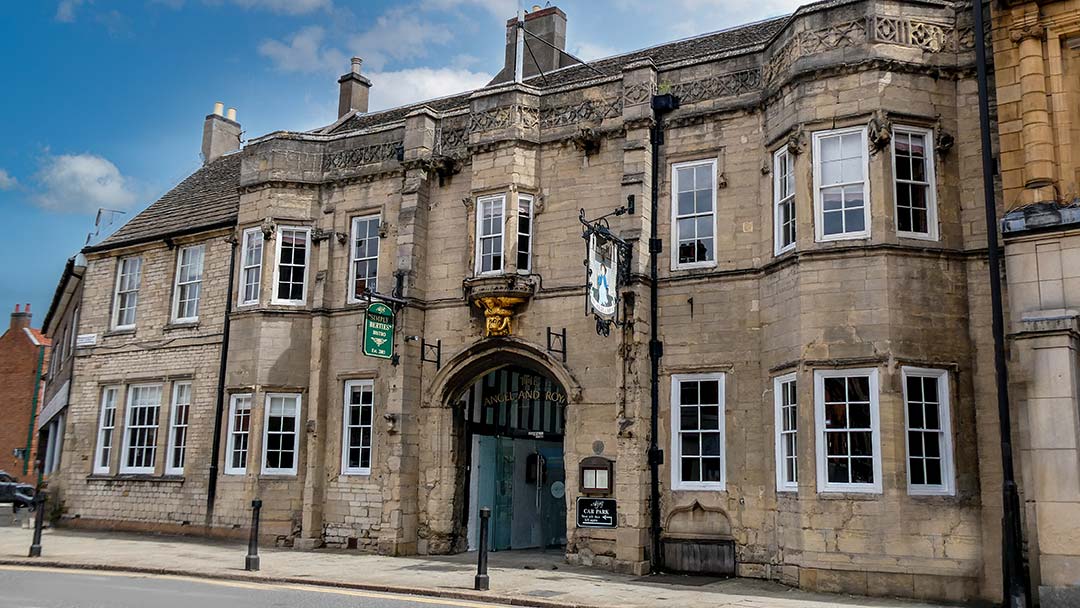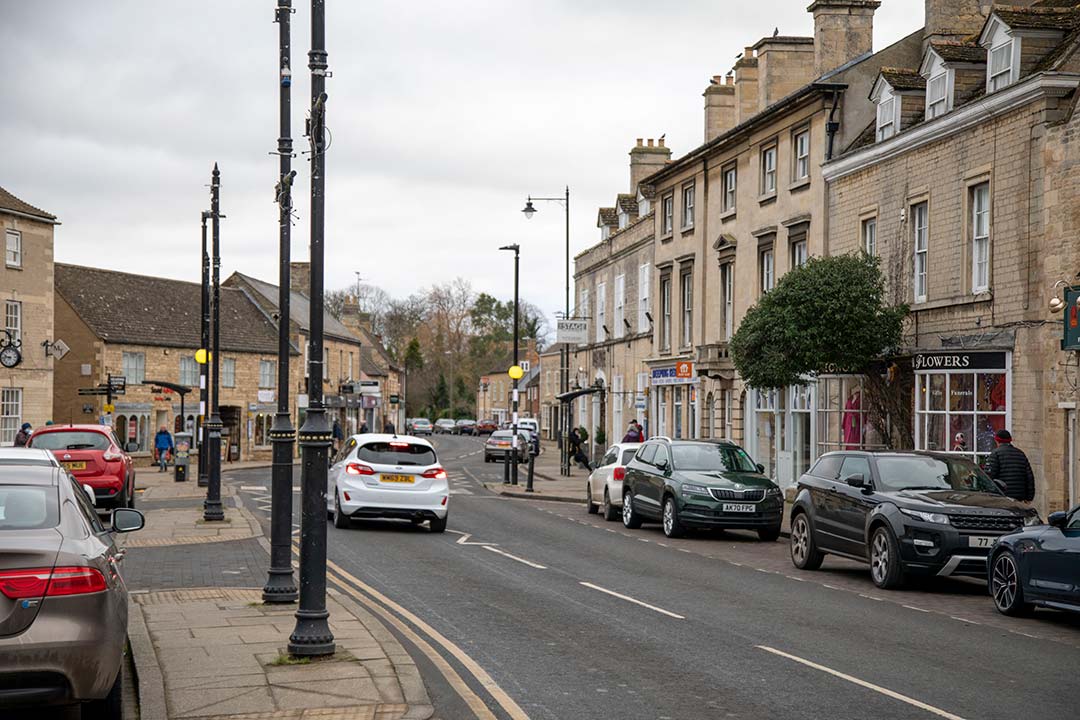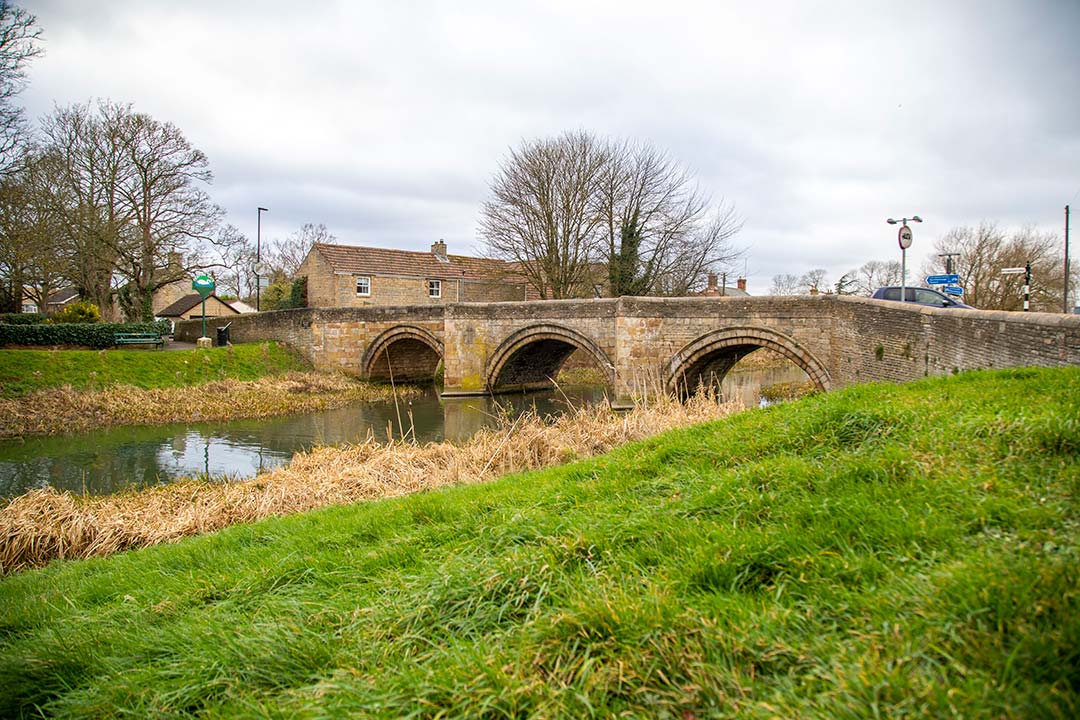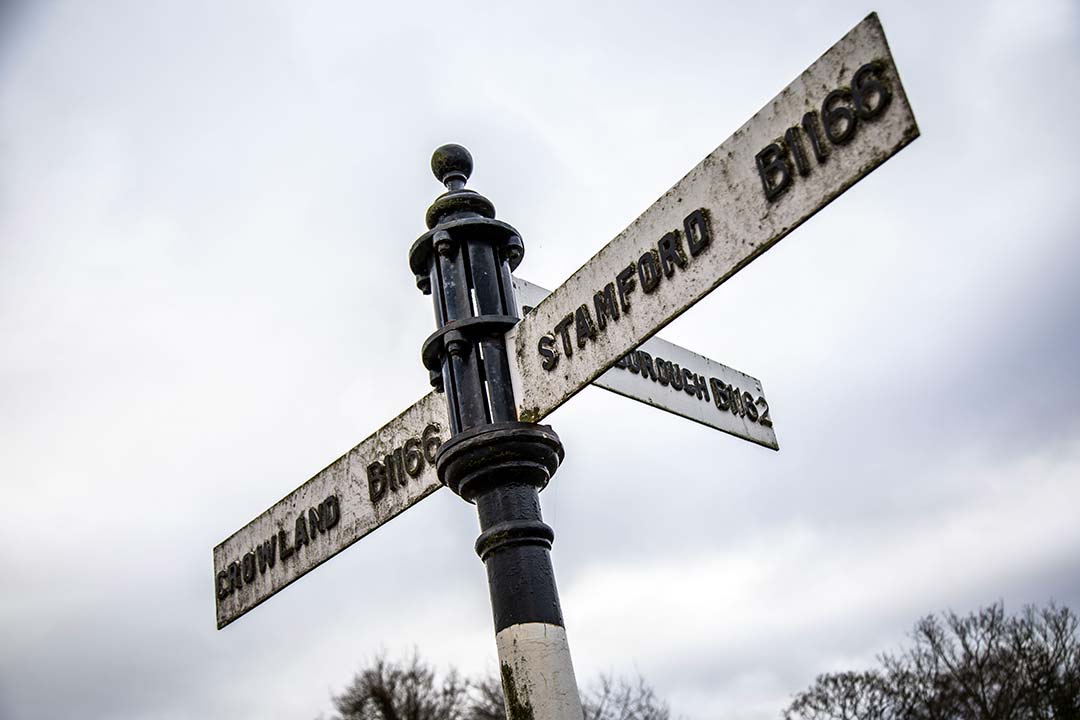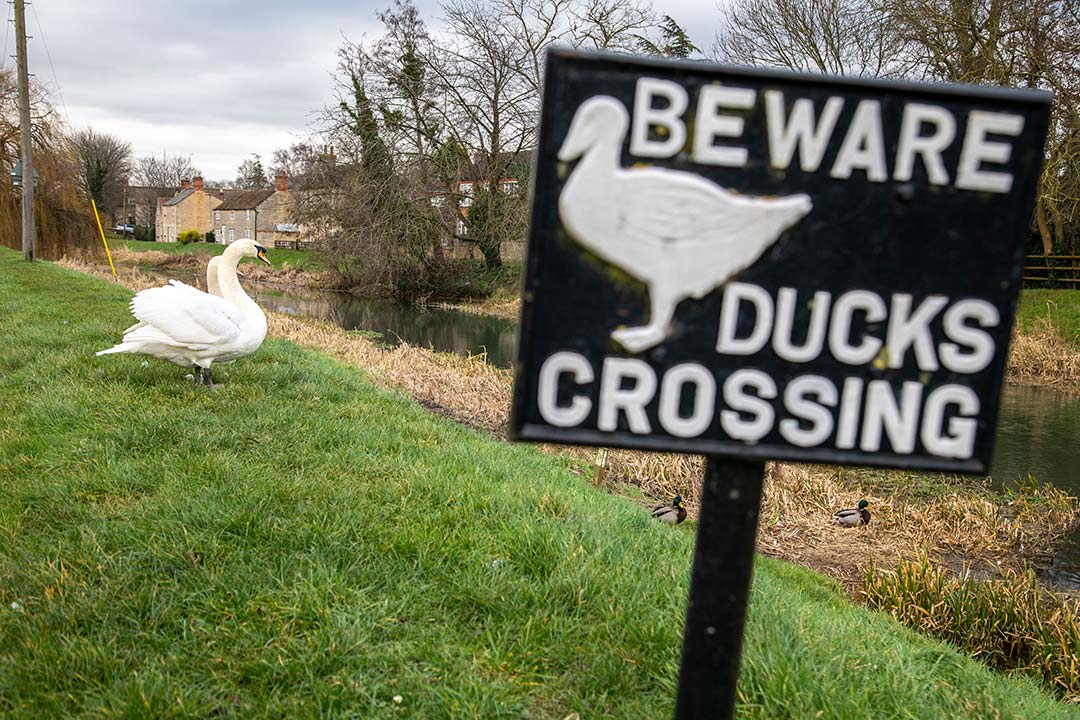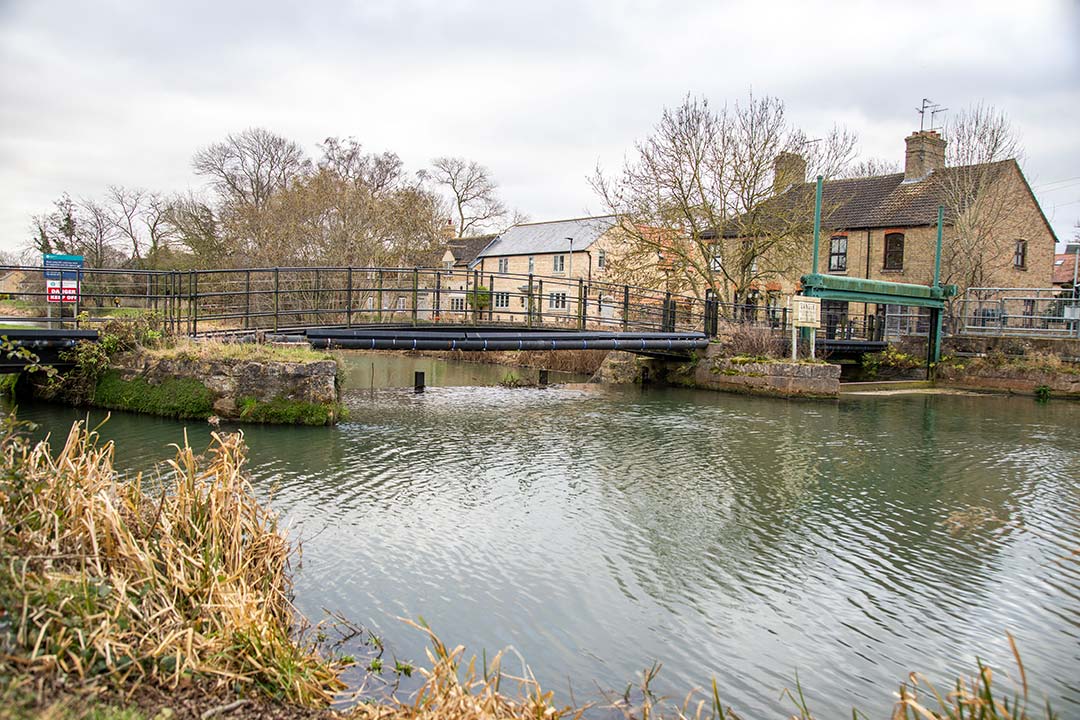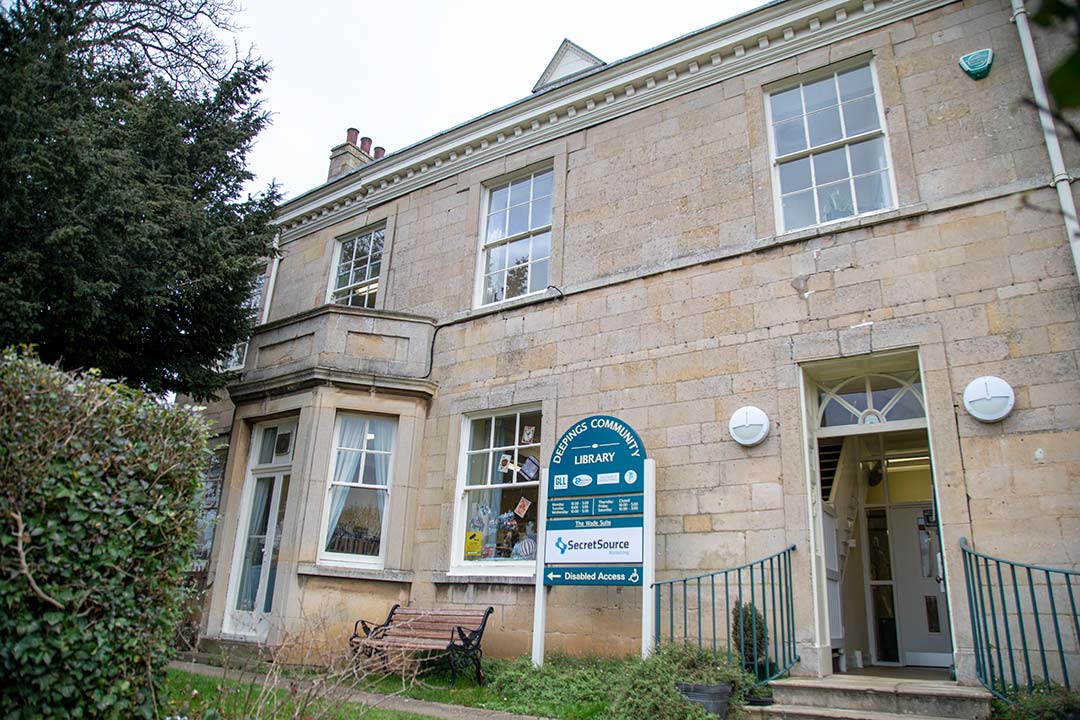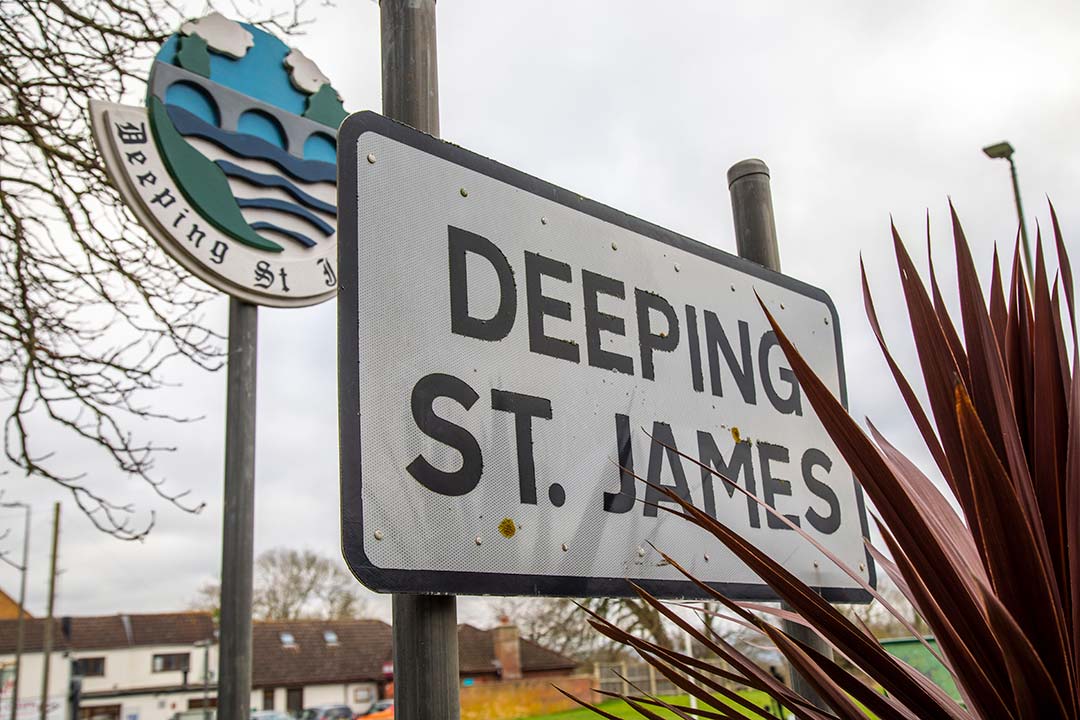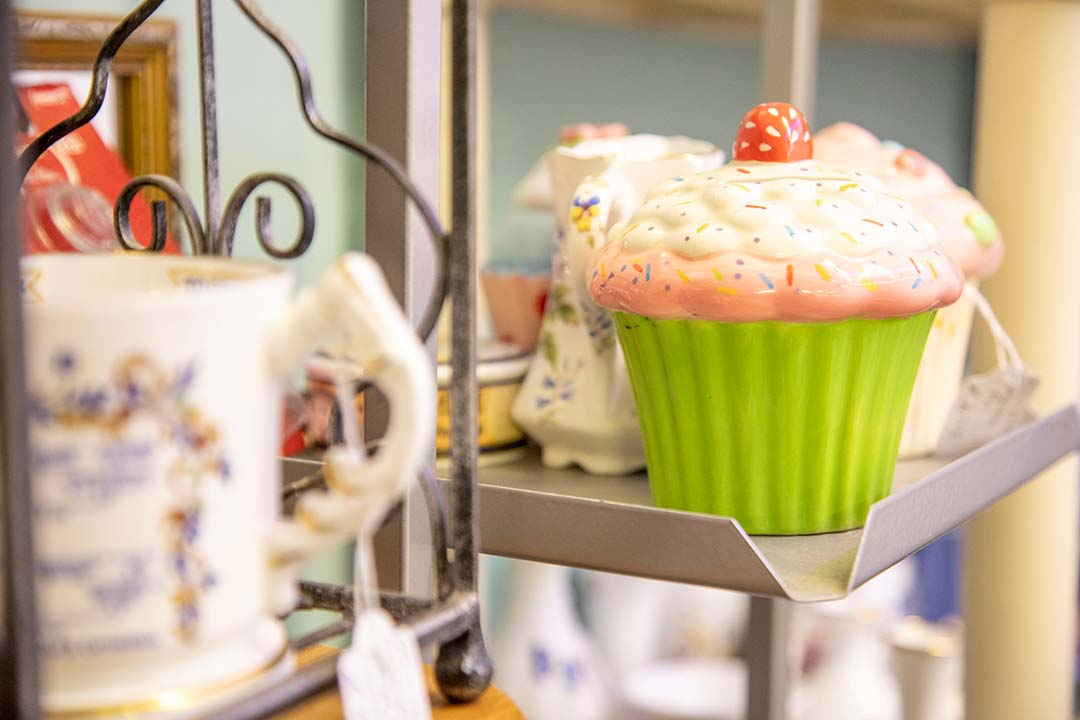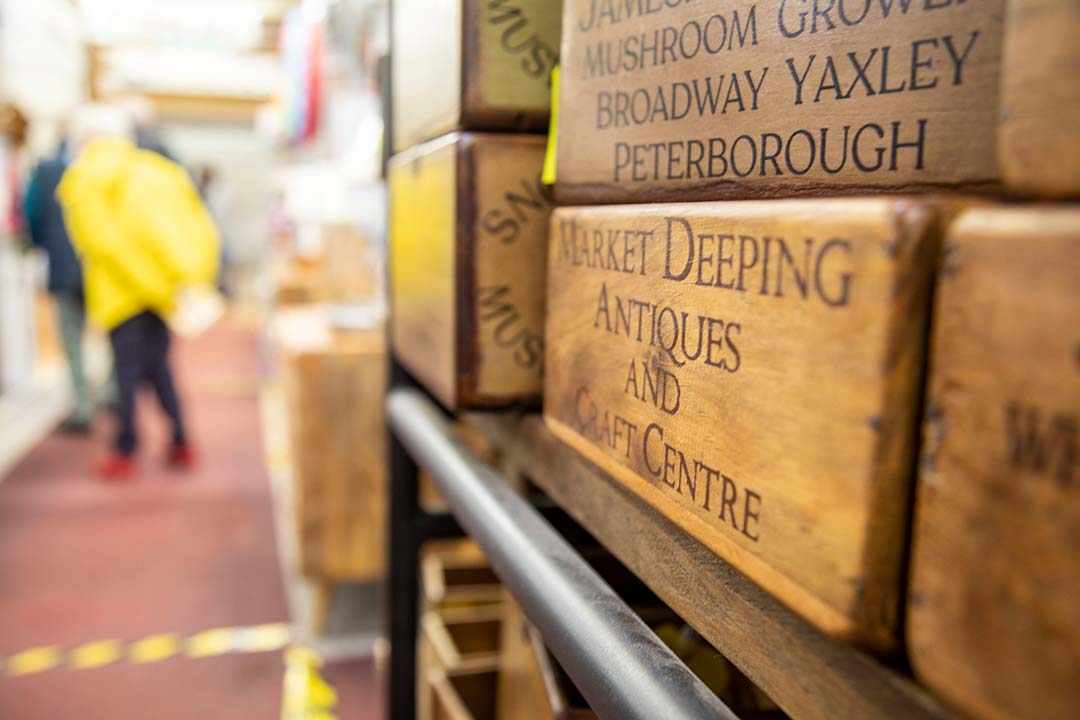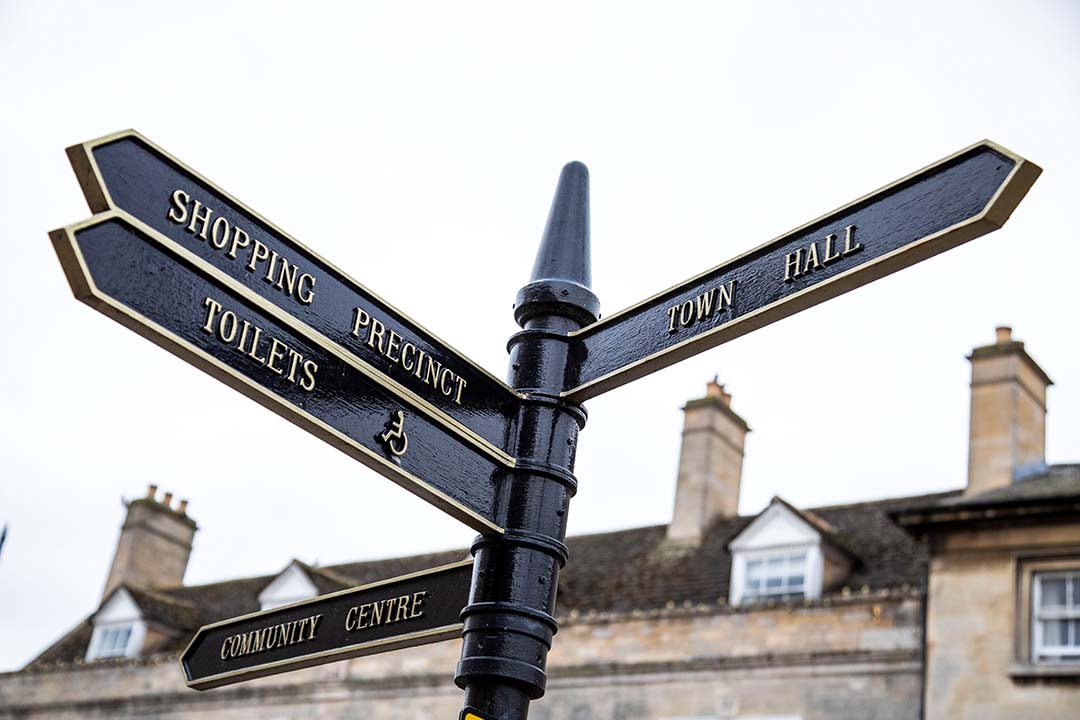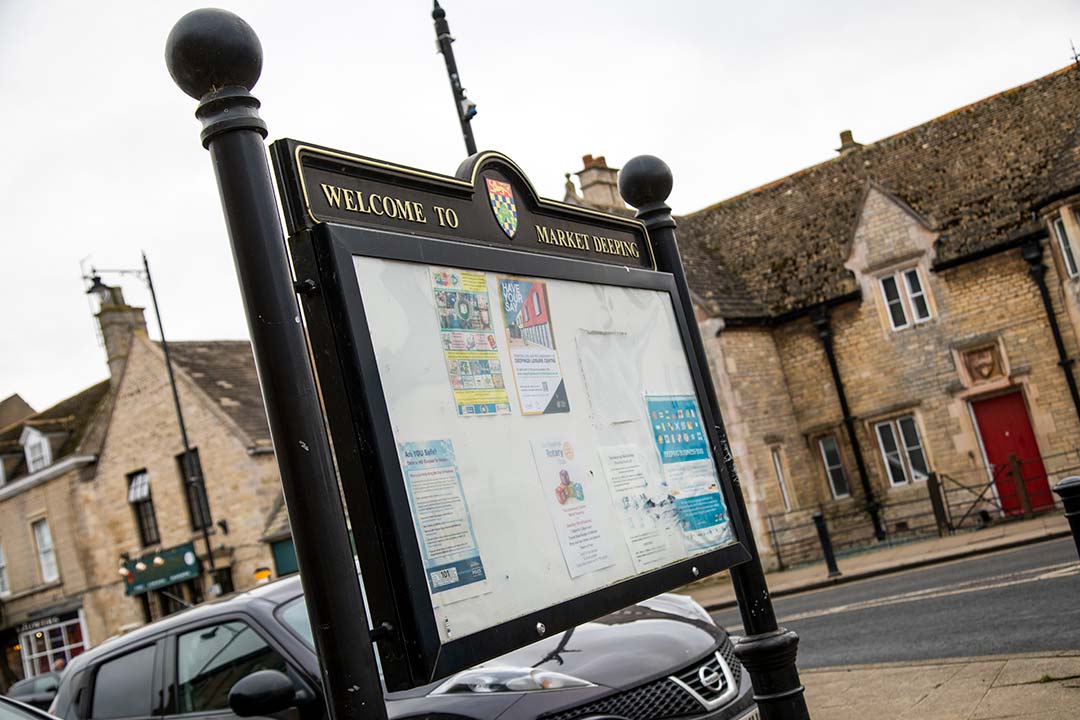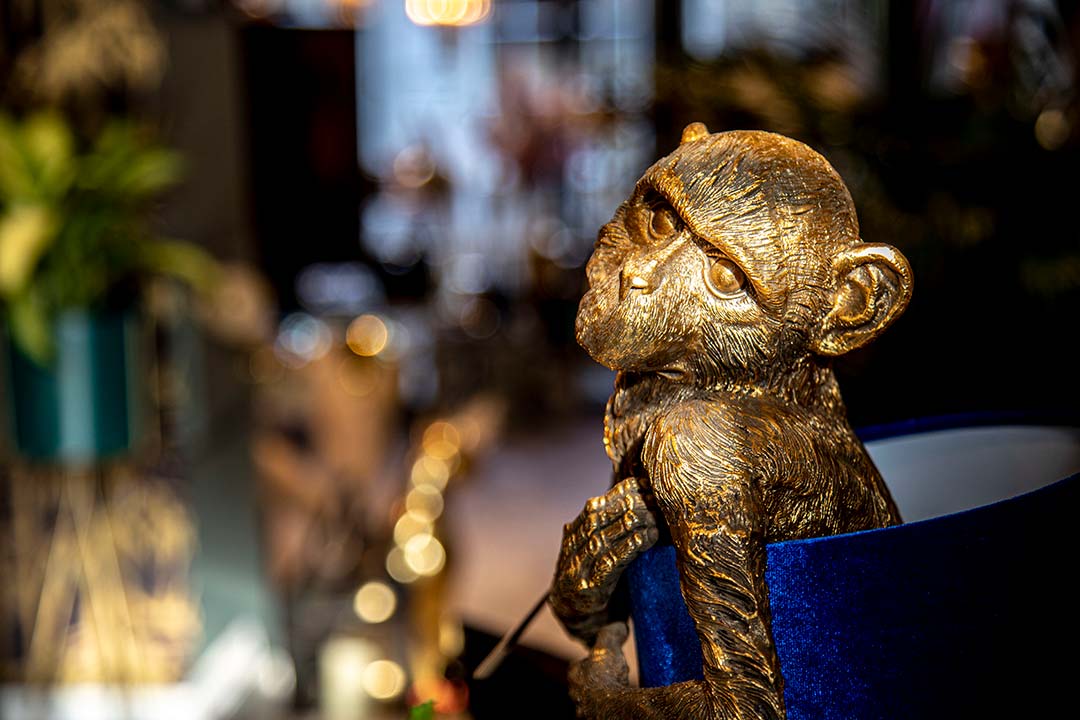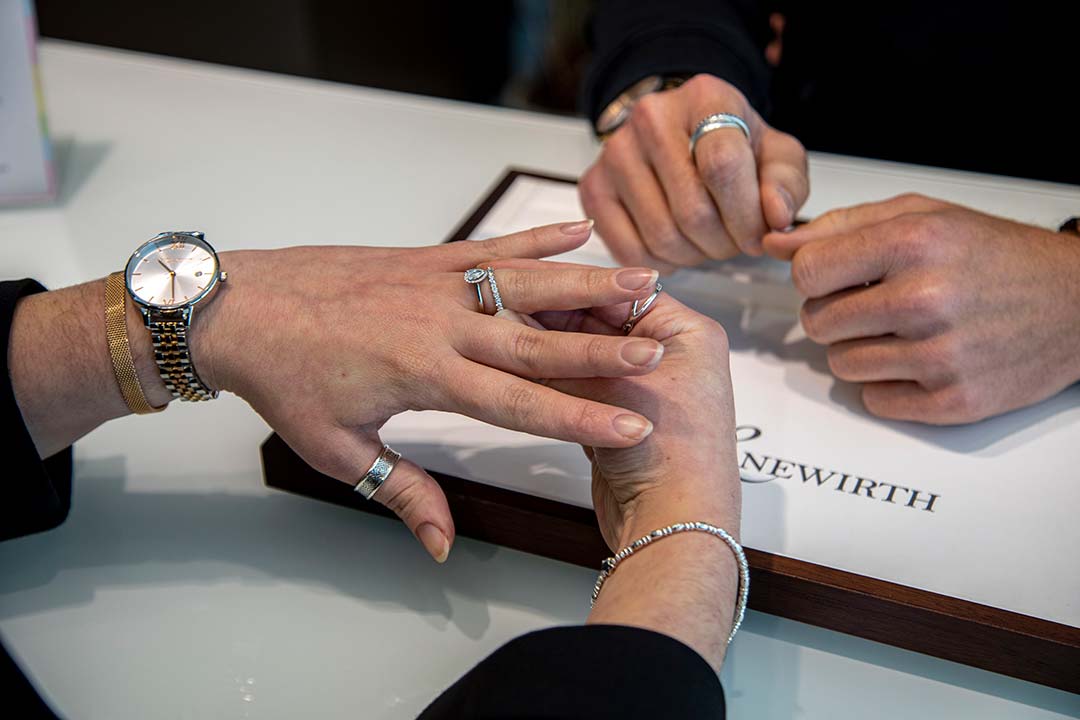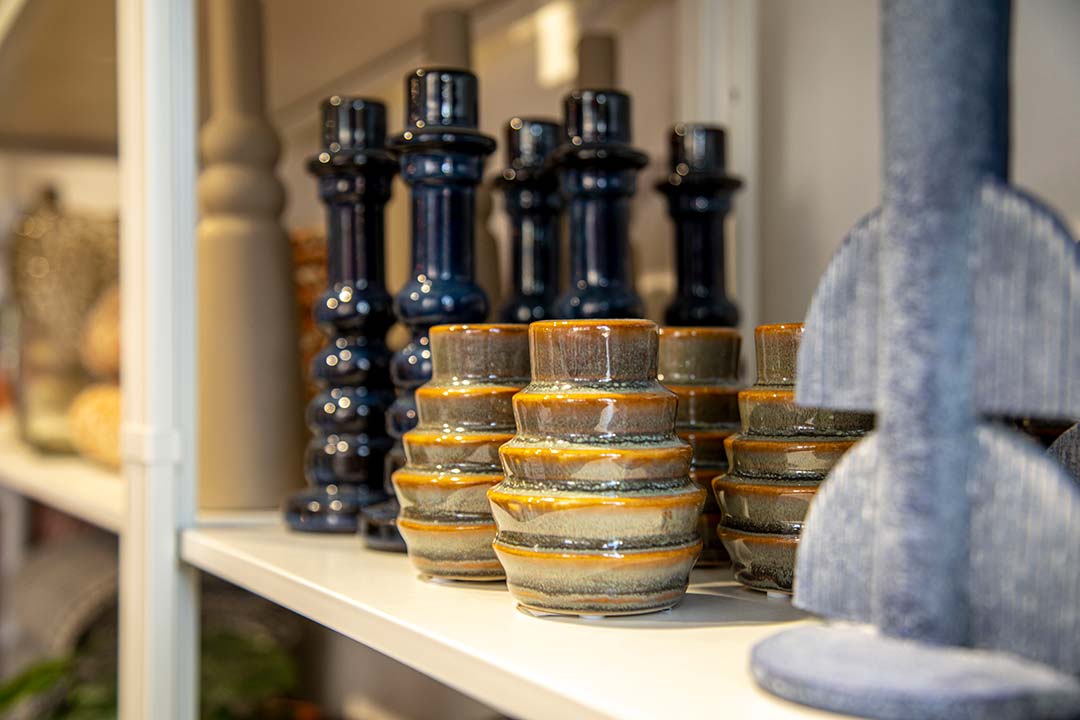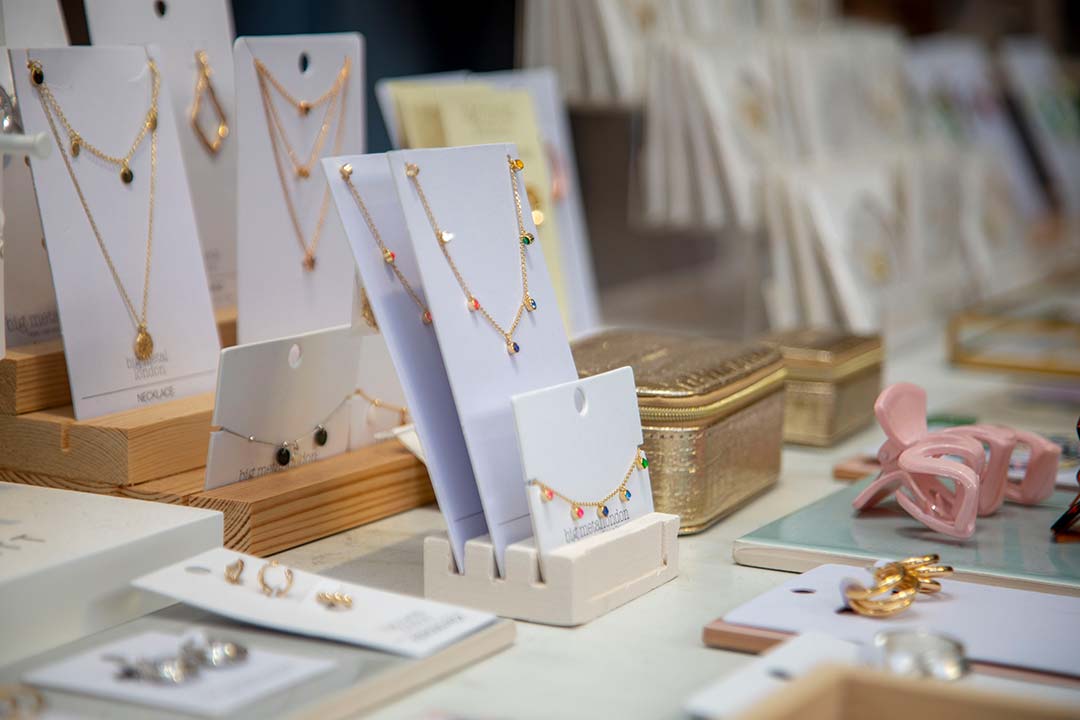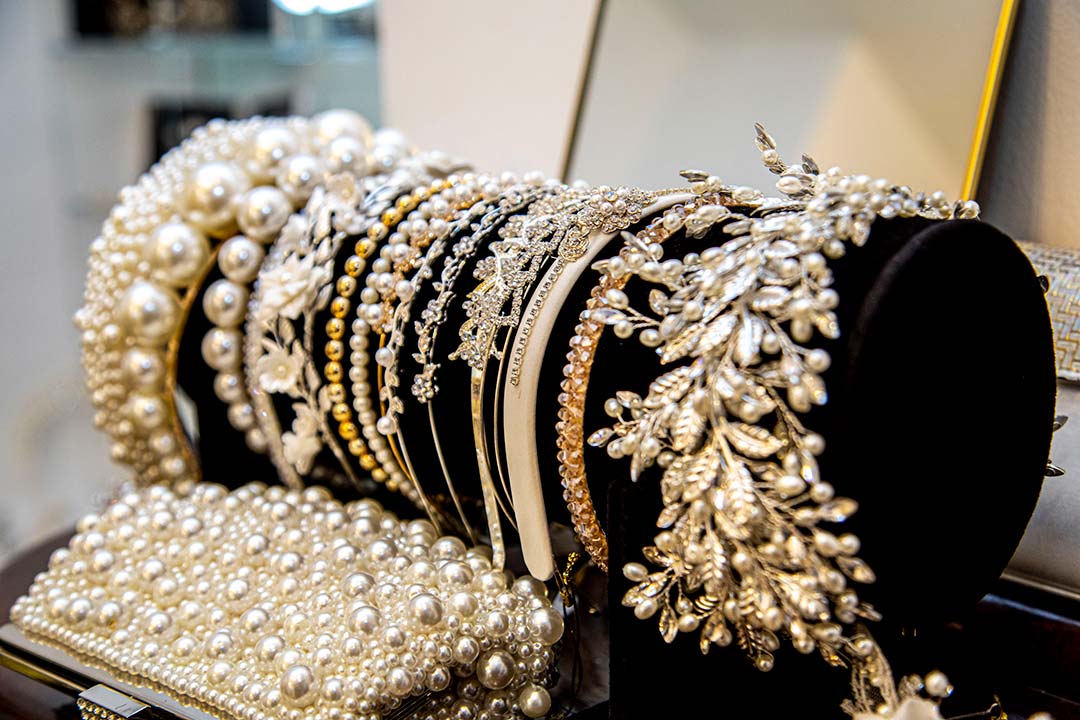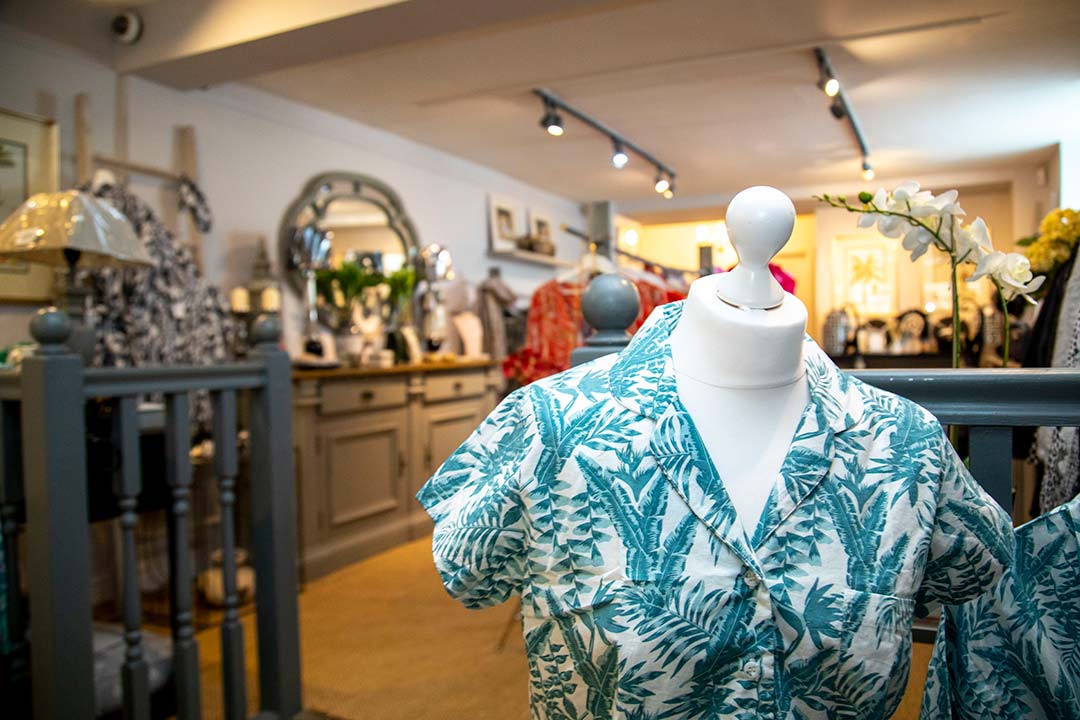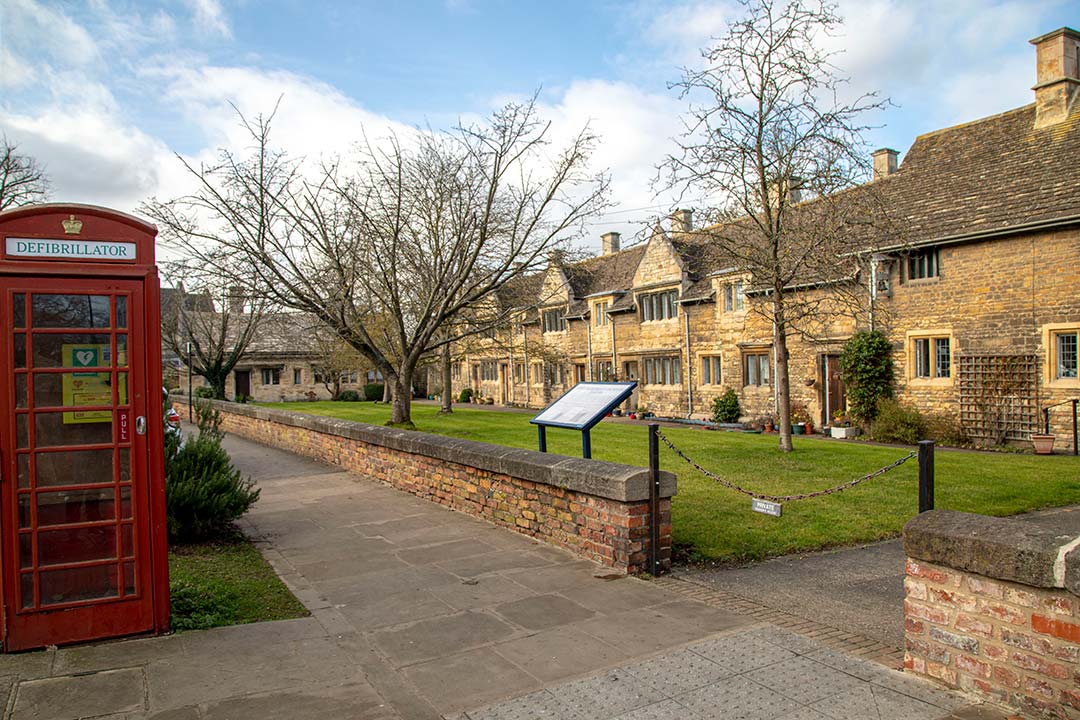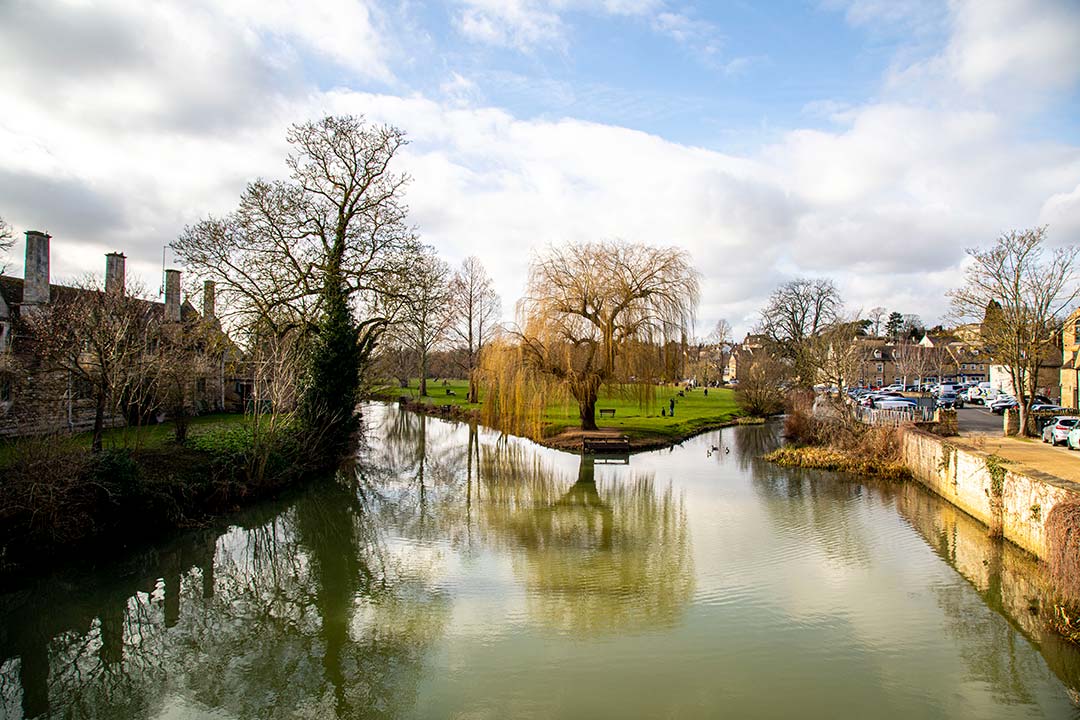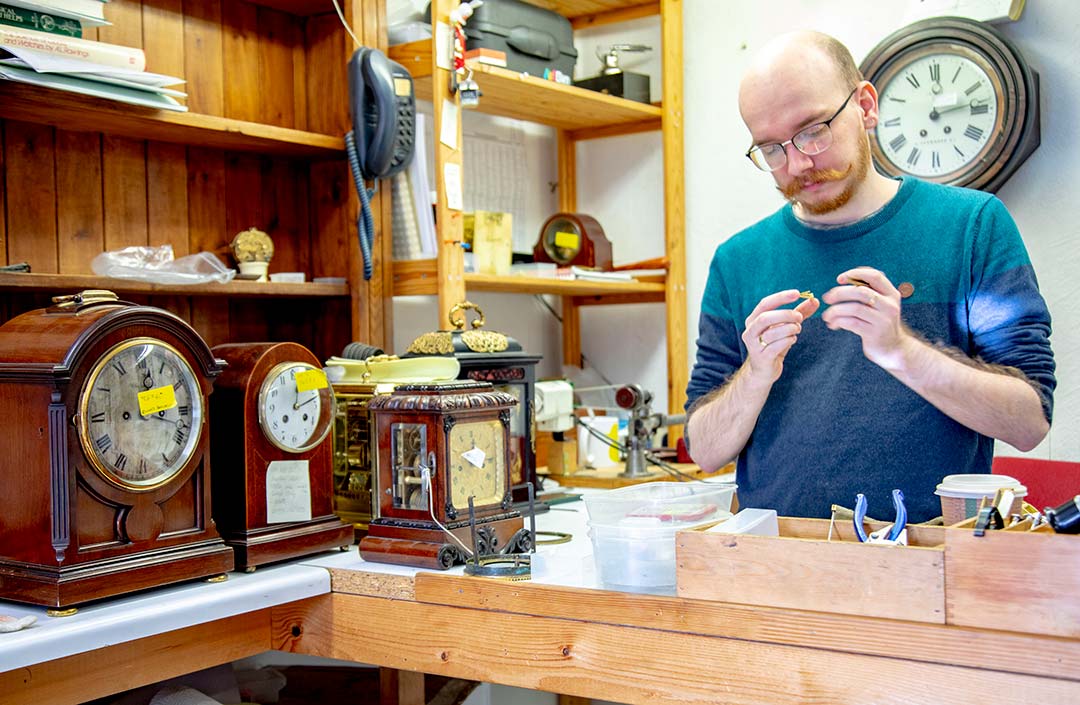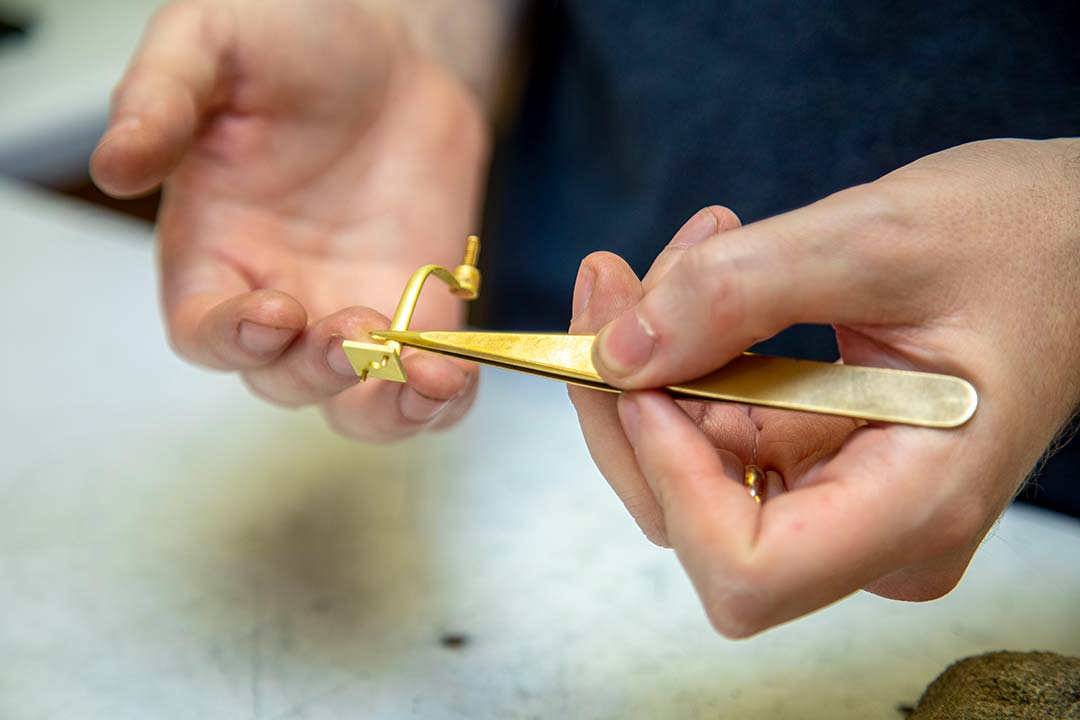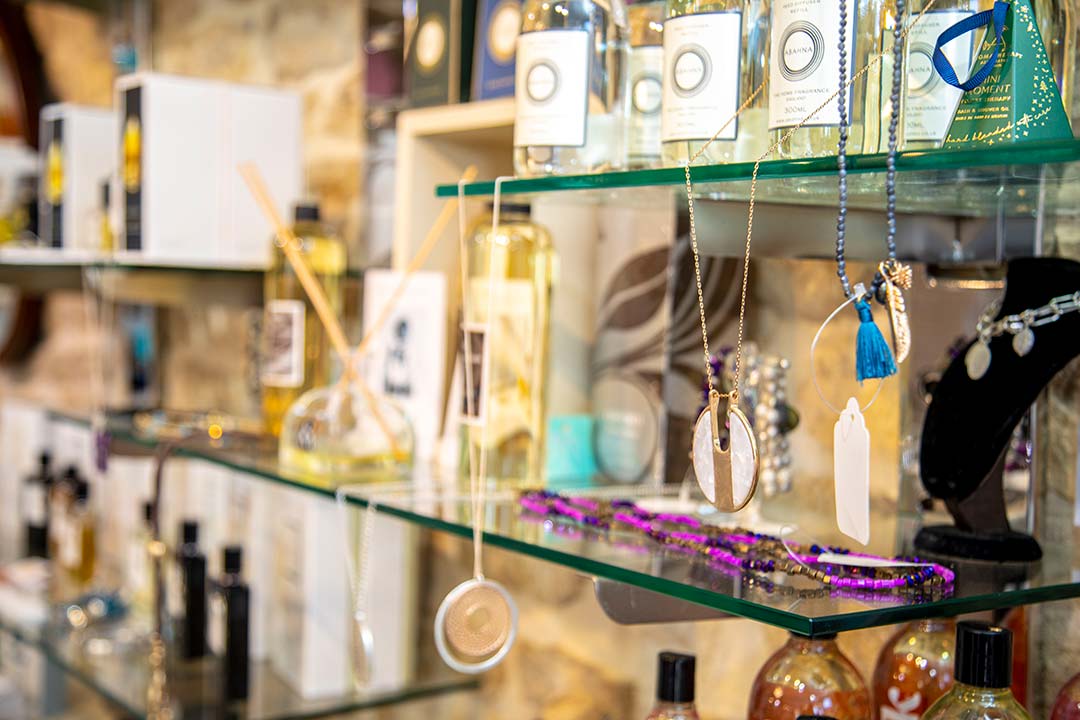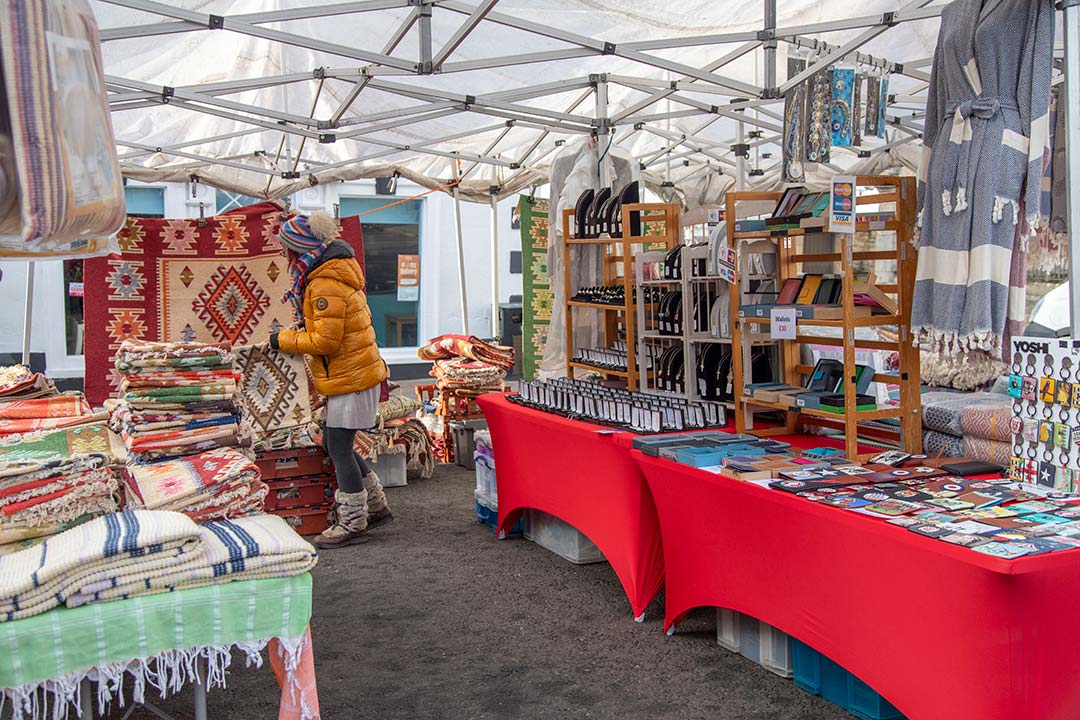In our last blog, we explored the history of Gilbert of Sempringham, and the priory he founded in the village. Click here to read all about his extraordinary life.
However, Gilbert was not the only chapter in Sempringham’s story. In the 13th Century, the priory would prove the solution to a problem for King Edward I in securing his conquest over the ancient royal houses of Wales.
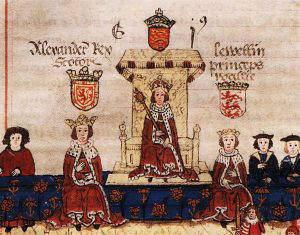
Llywelyn ap Gryffudd pictured sitting to the right of Edward I at a sitting of the English Parliament – it is unlikely this event took place (CC BY-SA 4.0)
The last Prince of Wales, Llywelyn ap Gruffudd was killed by English soldiers at Bulith Wells in 1282, ending the independent rule of the Welsh kingdoms and bringing final victory to Edward I.
However, despite the death of his great rival, Edward had a problem: Llywelyn’s orphaned infant daughter Gwenllian.
Gwenllian was not only Welsh royalty, her mother, Eleanor de Montfort was the granddaughter of the English King John and cousin to Edward I.
Eleanor and Llywelyn had been married in 1278, when the ever fraught relationship between England and Wales was temporarily somewhat peaceful.
However, it had not been long before things between the two royal houses had soured, and England and Wales were yet again at war.
Gwenllian was born in July 1282 into a precarious position at the height of the violence, her mother had died during or shortly after her birth and she was just five months old when her father was killed.
Initially, she was in the care of her uncle, Dafydd ap Gruffudd, but following his capture in 1283, Gwenllian, along with Dafydd’s children became prisoners of Edward I.
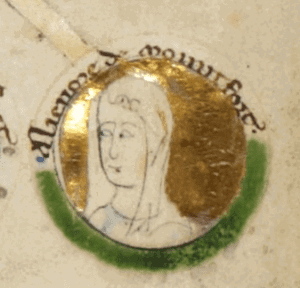
Eleanor de Montfort pictured in ‘Genealogical Chronical of English Kings’ dating from the 14th Century
As a daughter it was considered unlikely that she would become a leader against Edward, but as long as she lived so did the royal line of the Welsh kings – she would remain a focus of rebellion, and Edward could not risk the possibility of her one day giving birth to a son. He needed her to disappear.
Sending the female relatives of rebellious and defeated lords to monasteries had long been an acceptable method of dealing with troublesome women. The entirely cloistered lives of the nuns ensured they would have no further contact with the world, and they could be safely forgotten.
The Gilbertine order was one of only a few monastic orders that would accept children, and so the remote Lincolnshire village became his solution.
Edward I wrote to the Prior of Sempringham expressing his intention that Gwenllian be kept there – it seems that Edward had no wish to kill his young cousin to secure his place as King in Wales, nor did he wish for her imprisonment to be seen as a punishment:
‘Having the Lord before our eyes, pitying also for her sex and age, that the innocent may not be seen to atone for the iniquity and ill-doing of the wicked, and contemplating the life in your Order…’
At just 18 months old, Gwenllian was sent to Sempringham, likely travelling by sea. Her cousins, the daughters of Dafydd ap Gryffud were also sent to Gilbertine priories, with some living out their days at Sixhills in Lincolnshire.
Her male cousins, the two sons of Dafydd did not receive the same mercy, both being imprisoned at Bristol Castle for the remainder of their lives.
Edward I gave a gift of land to the Gilbertines in payment for their housing the daughters of the Welsh princes, and established an annual endowment to pay for their upkeep. Both his son Edward II and grandson Edward III would also continue to fund Gwenllian’s care with Edward III granting a pension of £20 per year in 1327.
It is not known to what extent Gwenllian was aware of her history, but it is likely that she was at least aware of her status. It is possible that she received a visit from Edward III when he visited the priory in 1328, and it is known that she received gifts from him.
It is possible that she did not know the correct pronunciation of her name, priory records name her Wencillian and she is believed to have signed her name as Wentliane.
Gwenllian lived at Sempringham as a cloistered nun until her death in 1337, at the age of 54. She was buried in the grounds of the priory, although her grave has never been found.
She was not the only noble woman to be imprisoned at Sempringham. During the years of infighting and rebellion throughout the reign of Edward II, Margaret, Countess of Cornwall, Joan Mortimer (daughter of the rebellious Roger Mortimer, ally to Edward II’s wife Isabella), and the two daughters of Hugh Despenser (ally to Edward II) all spent some time in isolation at Sempringham.
It is perhaps ironic that just over two centuries after the death of Llywelyn and the imprisonment of Gwenllian, it would be Henry Tudor, a man with links to both the historic Welsh kingdoms (through his Tudor ancestors), and to South Kesteven (through his mother Margaret Beaufort) who would bring an end to the long line of the Plantagenet kings through his defeat of Edward I’s descendant Richard III at the battle of Bosworth Field.
And as for the fate of the priory itself, Sempringham remained the heart of the Gilbertine order, and a center of pilgrimage until the dissolution of the monasteries in 1536.
It is likely that the population of the priory dwindled over time, and with it the village which had grown up to support it. It seems that the remaining canons and nuns gave no resistance to the dissolution, receiving pensions when they left the priory.

Location of Gwenllian Memorial in context. (Sempringham Church of St. Andrew and Gilbertine Priory site: aerial 2019 (2) by Chris. Creative Commons license: CC BY-SA 2.0)
The lands were gifted to Lord Clinton, Earl of Lincoln who demolished St Mary’s Church and the priory buildings, retaining the original St Andrew’s Church which stands to this day.
Lord Clinton built a mansion on the site of the former priory, but the family would later abandon the house taking residence at Tattershall Castle instead. By 1743 the house had been demolished, and the stone was robbed away – likely used in the construction of other buildings in nearby villages.
Despite Edward I’s wish that Gwenllian would be forgotten, she remained hidden in Welsh folklore and poetry, and in 1991, Captain Richard Turner, a Welshman with a passion for Gwenillian’s lost history arranged for a memorial to her to be built at Sempringham. In 2001, the Princess Gwenllian Society replaced the original cairn with one made from Welsh slate and granite, as a permanent monument to the story of the lost Princess of Wales.
